ITProPortal is supported by its audience. When you make a purchase through a link on our website, we may receive an affiliate commission. Learn more
Now that we have the Internet of Vehicles technology (V2X), we are grateful for the integration of 5G technology and automotive software solutions to develop a new generation of smart cars.
Vehicle interconnection is an interesting solution that reduces road traffic accidents around the world. Unfortunately, in 2018, road traffic accidents claimed 1.3 million lives. Now that we have the Internet of Vehicles (V2X) technology, we are grateful for the integration of 5G technology and automotive software solutions into the development of a new generation of smart cars to improve the driver experience and reposition automakers to succeed.
Vehicles are now experiencing more and more interconnectivity, interacting with navigation applications, on-board sensors, traffic lights, parking facilities, and other automotive systems. The car coordinates with the surrounding environment through certain capture devices (such as dashboard cameras and radar sensors). Networked vehicles collect large amounts of data, such as mileage, damage to geolocation components, tire pressure, fuel gauge status, vehicle lock status, road conditions, and parking conditions.
The IoV architecture of automotive industry solutions is supported by automotive software solutions, such as GPS, DSRC (dedicated short-range communication), Wi-Fi, IVI (in-vehicle infotainment), big data, machine learning, Internet of Things, artificial intelligence, SaaS Platform, and broadband connection.
V2X technology manifests itself as synchronization between vehicles (V2V), vehicles and infrastructure (V2I), vehicles and other traffic participants. Through expansion, these innovations can also accommodate pedestrians and cyclists (V2P). In short, the V2X architecture enables cars to “talk” to other machines.
Vehicle to navigation system: The data extracted from the map, GPS and other vehicle detectors can calculate the arrival time of the loaded vehicle, the location of the accident during the insurance claim process, the historical data of urban planning and carbon emission reduction, etc.
Vehicle to transportation infrastructure: This includes signs, traffic tips, toll collection units, workplaces, and academic fields.
Vehicle to public transportation system: This generates data related to the public transportation system and traffic conditions, while recommending alternative routes when re-planning the itinerary.
5G is the fifth generation of broadband cellular connections. Fundamentally, its operating frequency range is higher than 4G, so the connection speed is 100 times better than 4G. Through this capacity upgrade, 5G provides more powerful functions.
It can process data quickly, providing 4 milliseconds under normal conditions and 1 millisecond under peak speeds to ensure fast response of connected devices.
Sadly, in the middle years of its 2019 release, the upgrade was caught in controversy and difficulties, the most serious of which was its relationship with the recent global health crisis. However, despite the difficult start, 5G is now in operation in 500 cities in the United States. The global penetration and adoption of this network is imminent, as forecasts for 2025 indicate that 5G will promote one-fifth of the world’s Internet.
The inspiration for deploying 5G in V2X technology comes from the migration of cars to cellular infrastructure (C-V2X)-this is the latest and highest industry practice for connected and autonomous vehicles. Well-known auto manufacturing giants such as Audi, Ford and Tesla have equipped their vehicles with C-V2X technology. For context:
Mercedes-Benz has partnered with Ericsson and Telefónica Deutschland to install 5G autonomous connected cars in the production phase.
BMW has cooperated with Samsung and Harman to launch the BMW iNEXT equipped with a 5G-based telematics control unit (TCU).
Audi announced in 2017 that its vehicles will be able to interact with traffic lights to alert when the driver changes from red to green.
C-V2X has unlimited potential. Its components have been used in more than 500 cities, counties and academic districts to provide autonomous connections for transportation systems, energy infrastructure and building facilities.
C-V2X brings traffic safety, efficiency and improved driver/pedestrian experience (a good example is the acoustic vehicle warning system). It allows investors and think tanks to explore new ways of large-scale development in many scenarios. For example, by using sensors and historical data to activate “digital telepathy”, coordinated driving, collision prevention and safety warnings can be achieved. Let us have a deeper understanding of the many applications of V2X that supports 5G.
This involves the cybernetic connection of trucks on the highway in the fleet. The near-end alignment of the vehicle allows synchronized acceleration, steering and braking, thereby improving road efficiency, saving fuel and reducing emissions. The leading truck determines the route, speed and spacing of other trucks. 5G-bound truck transportation can realize safe long-distance travel. For example, when three or more cars are driving and a driver is dozing off, the truck will automatically follow the platoon leader, reducing the driver’s risk of drowsiness. In addition, when the leading truck performs an evasive action, other trucks behind will also react at the same time. Original equipment manufacturers like Scania and Mercedes have introduced road models, and several states in the United States have adopted autonomous truck trailing. According to Scania Group, queuing trucks can reduce emissions by up to 20%.
This is a connected car advancement in the way the car interacts with major traffic conditions. A car equipped with a V2X architecture can broadcast sensor information with other drivers to coordinate their movements. This can happen when one car passes by and another car automatically slows down to accommodate the maneuver. Facts have proved that the driver’s active coordination can effectively suppress interruptions caused by lane changes, sudden braking and unplanned operations. In the real world, coordinated driving is impractical without 5G technology.
This mechanism supports the driver by providing notification of any impending collision. This usually manifests itself as automatic steering repositioning or forced braking. To prepare for a collision, the vehicle transmits the position, speed, and direction related to other vehicles. Through this vehicle connection technology, drivers only need to discover their smart devices to avoid hitting cyclists or pedestrians. 5G inclusiveness enhances this function by establishing a wide range of connections between multiple vehicles to determine the precise location of each vehicle relative to other traffic participants.
Compared to any other vehicle category, self-driving cars rely more on fast data streams. In the context of changing road conditions, fast response time can speed up the driver’s real-time decision-making. Locating the precise location of pedestrians or predicting the next red light are some of the scenarios where the technology demonstrates its feasibility. The speed of this 5G solution means that cloud data processing through AI enables cars to make unassisted but accurate decisions immediately. By inserting data from smart cars, machine learning (ML) methods can manipulate the environment of the vehicle; drive the car to a stop, slow down, or command it to change lanes. In addition, the strong cooperation between 5G and edge computing can process data sets faster.
Interestingly, the revenue from the automotive sector gradually penetrates into the energy and insurance sectors.
5G is a digital solution that brings unparalleled benefits to the automotive world by improving the way we use wireless connections for navigation. It supports a large number of connections in a small area and acquires a precise location faster than any previous technology. The 5G-driven V2X architecture is highly reliable, with minimal latency, and has a series of advantages, such as easy connection, fast data capture and transmission, enhanced road safety, and improved vehicle maintenance.
Sign up below to get the latest information from ITProPortal and exclusive special offers sent directly to your inbox!
ITProPortal is part of Future plc, which is an international media group and leading digital publisher. Visit our company website.
© Future Publishing Limited Quay House, The Ambury, Bath BA1 1UA. all rights reserved. England and Wales company registration number 2008885.
- Home
- About Us
- Products
- Automatic Transfer Switch
 PC Automatic transfer switch YES1-32N
PC Automatic transfer switch YES1-32N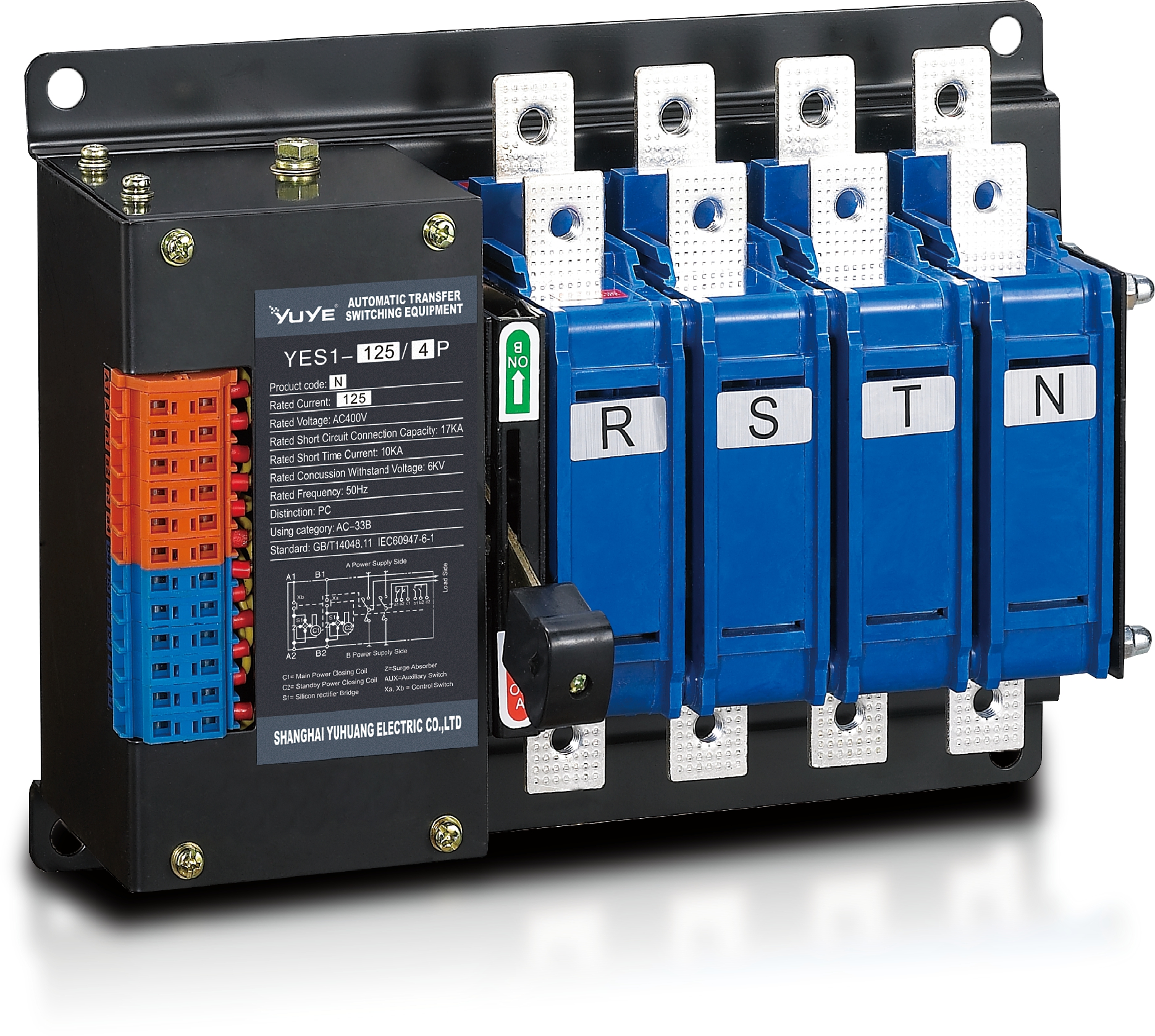 PC Automatic transfer switch YES1-125N
PC Automatic transfer switch YES1-125N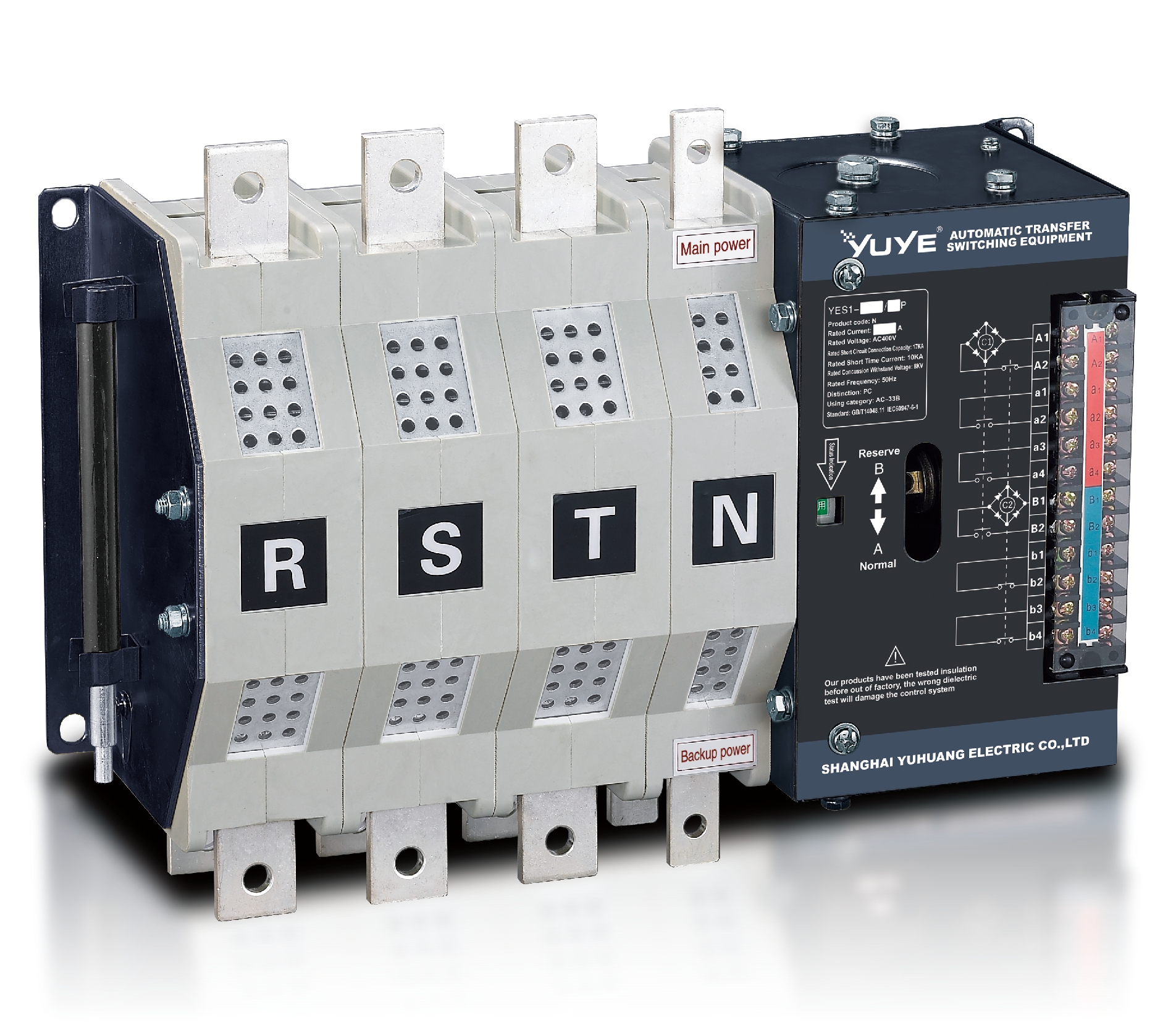 PC Automatic transfer switch YES1-400N
PC Automatic transfer switch YES1-400N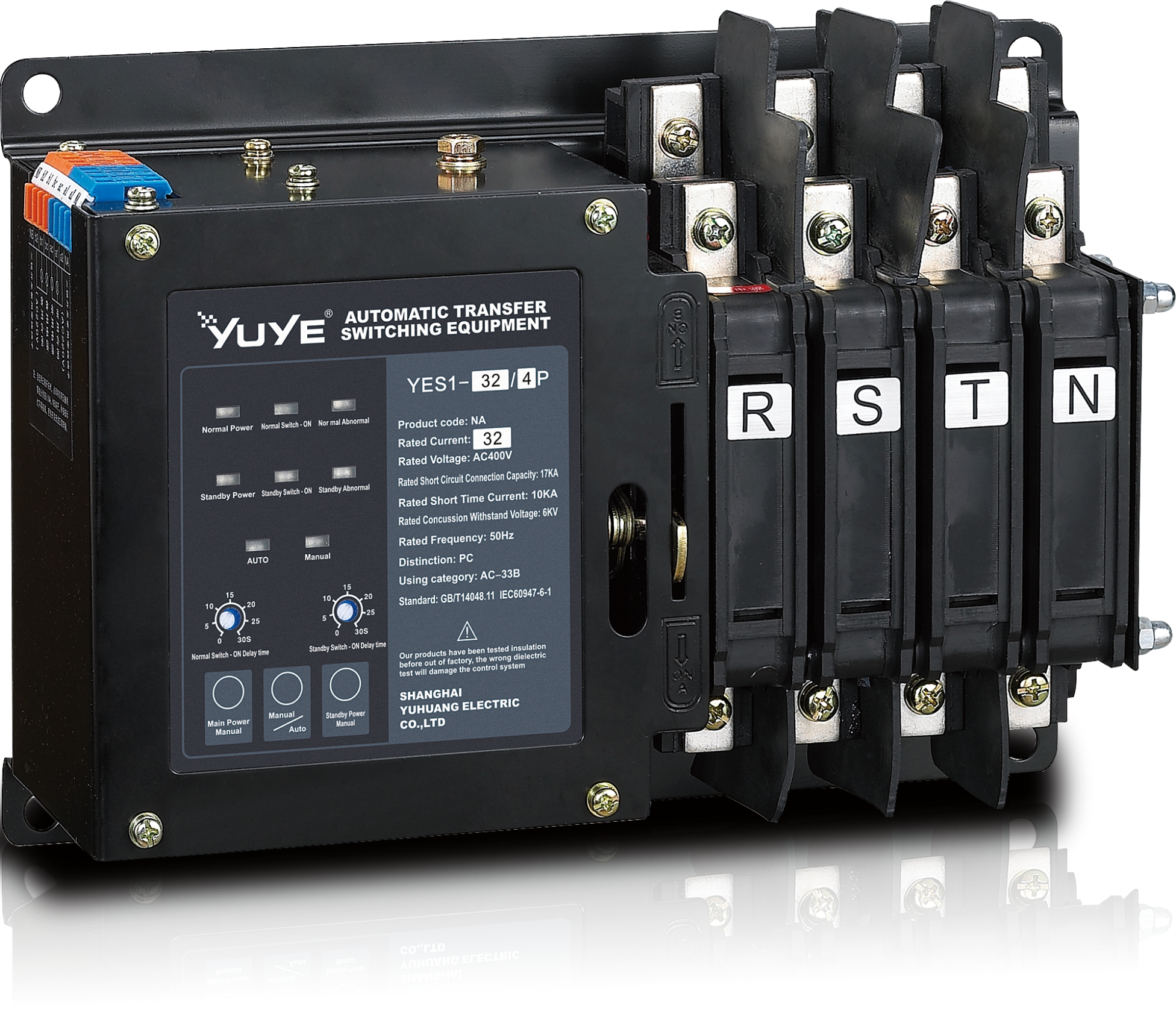 PC Automatic transfer switch YES1-32NA
PC Automatic transfer switch YES1-32NA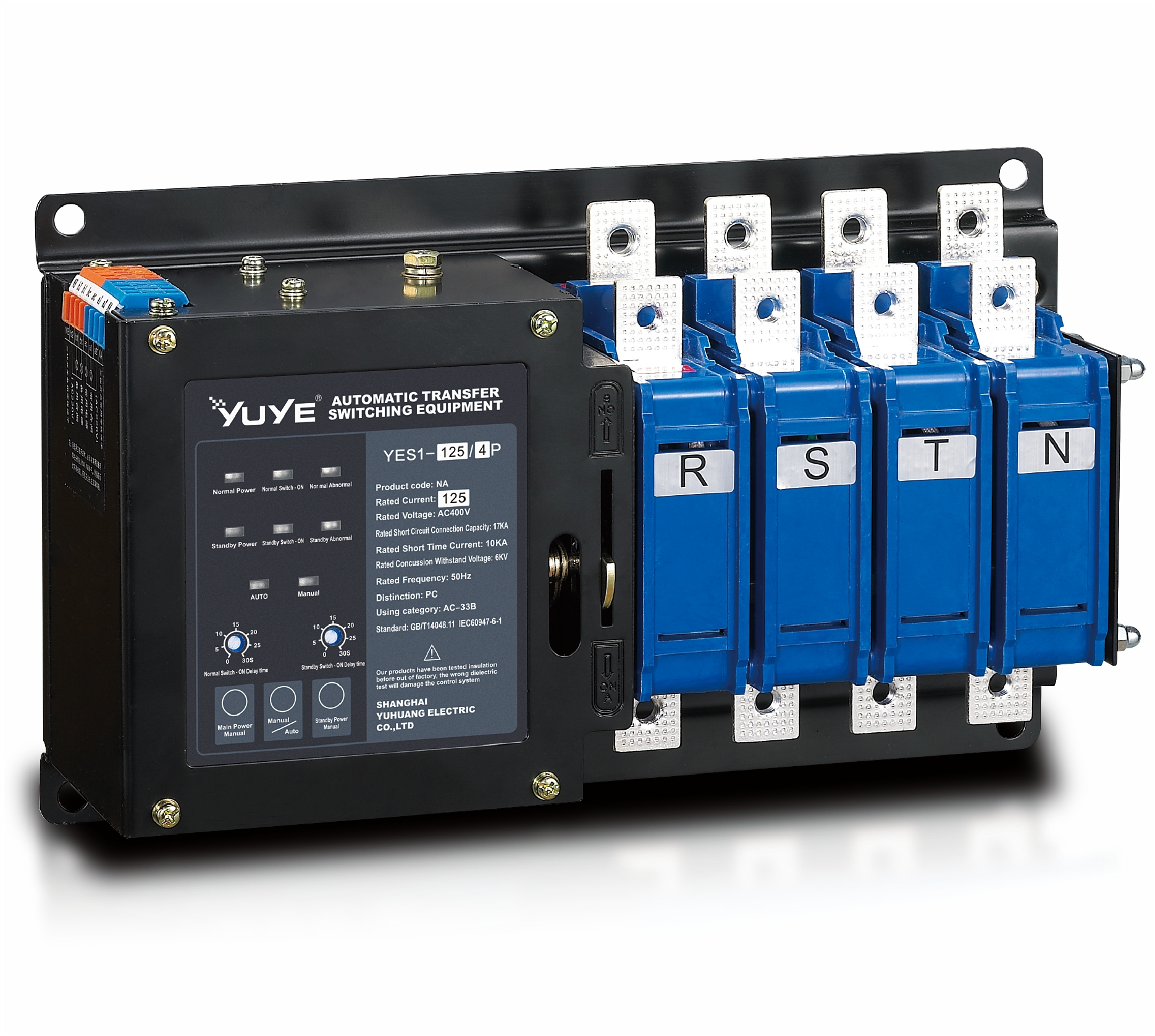 PC Automatic transfer switch YES1-125NA
PC Automatic transfer switch YES1-125NA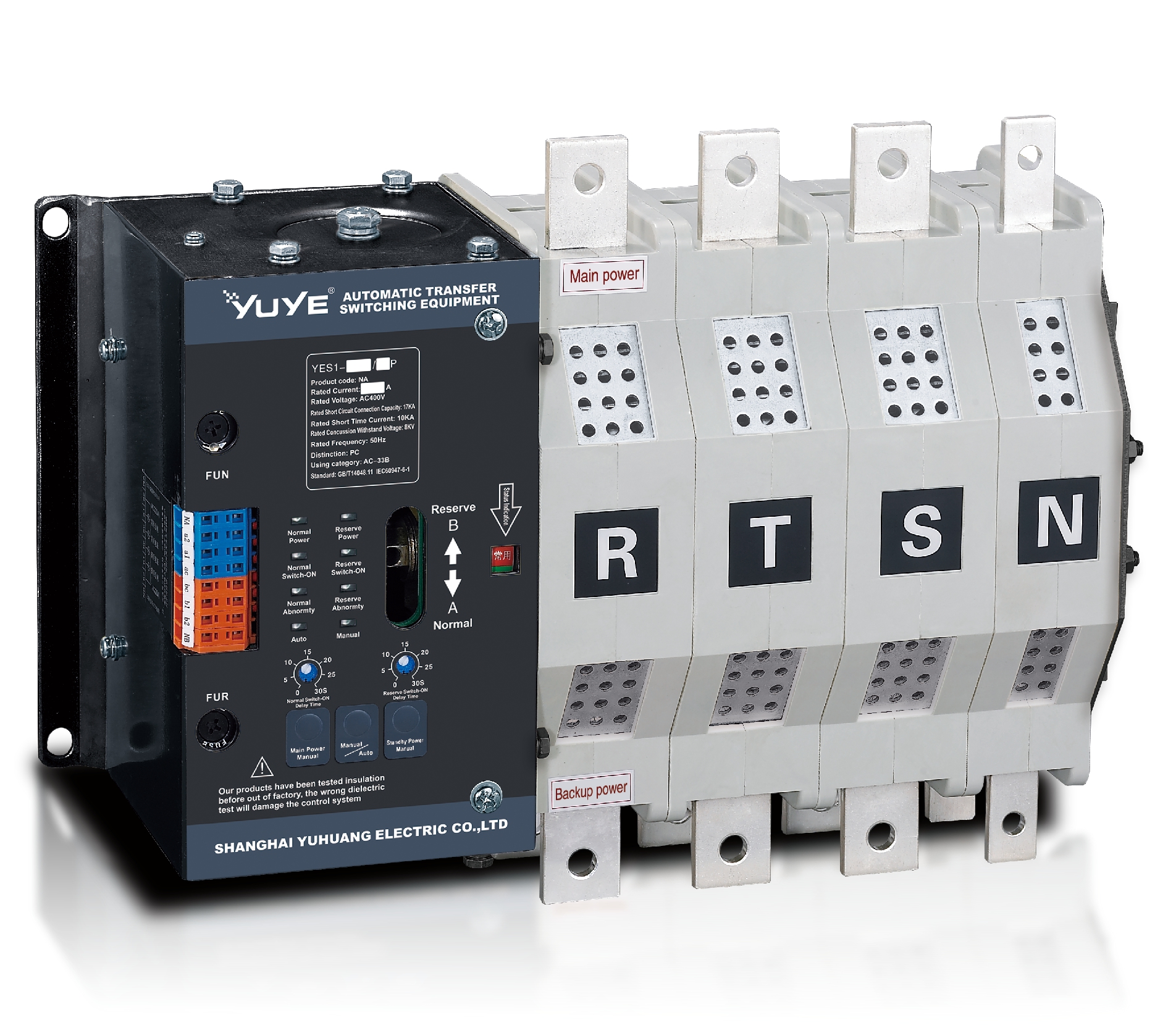 PC Automatic transfer switch YES1-400NA
PC Automatic transfer switch YES1-400NA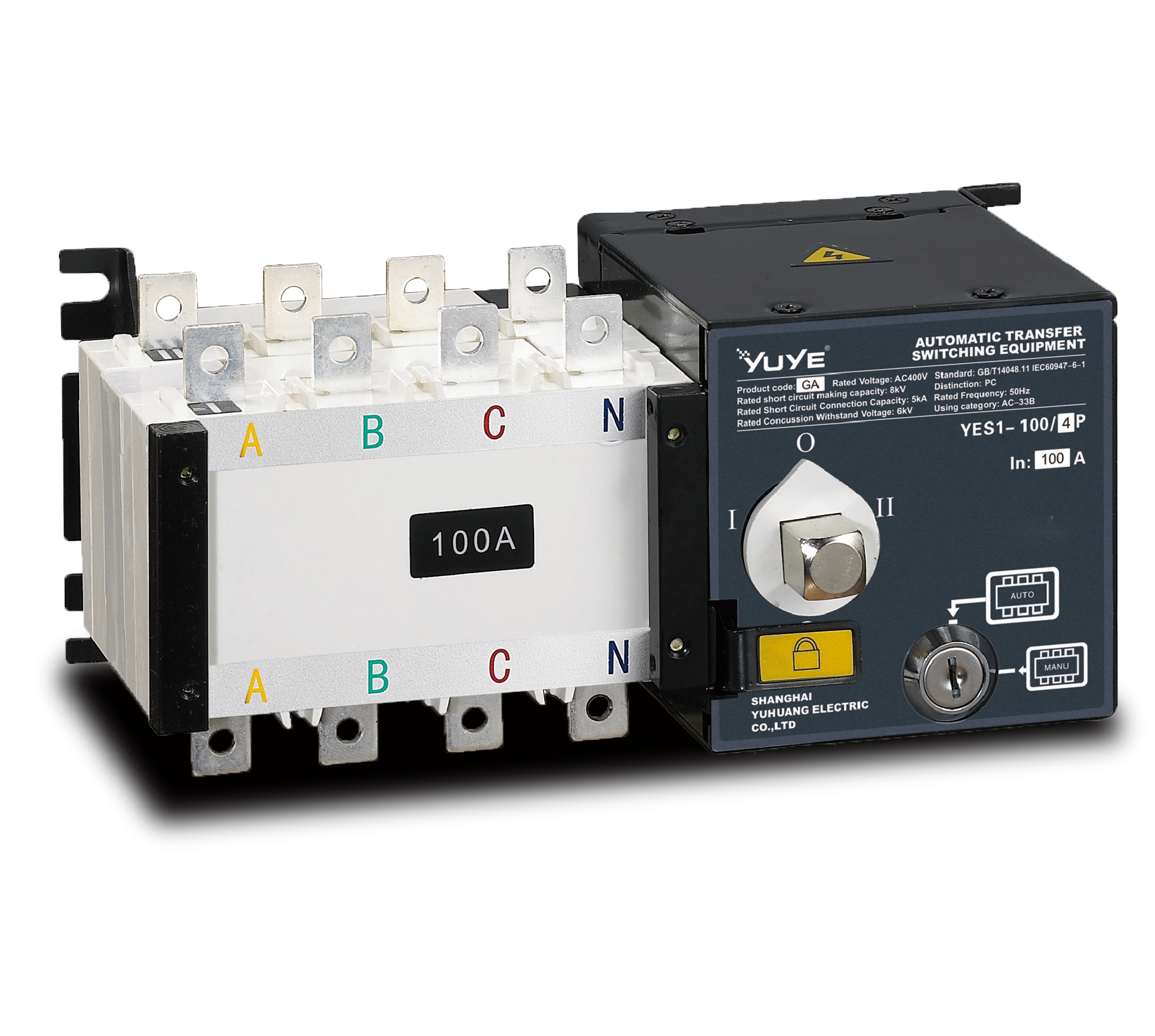 PC Automatic transfer switch YES1-100G
PC Automatic transfer switch YES1-100G PC Automatic transfer switch YES1-250G
PC Automatic transfer switch YES1-250G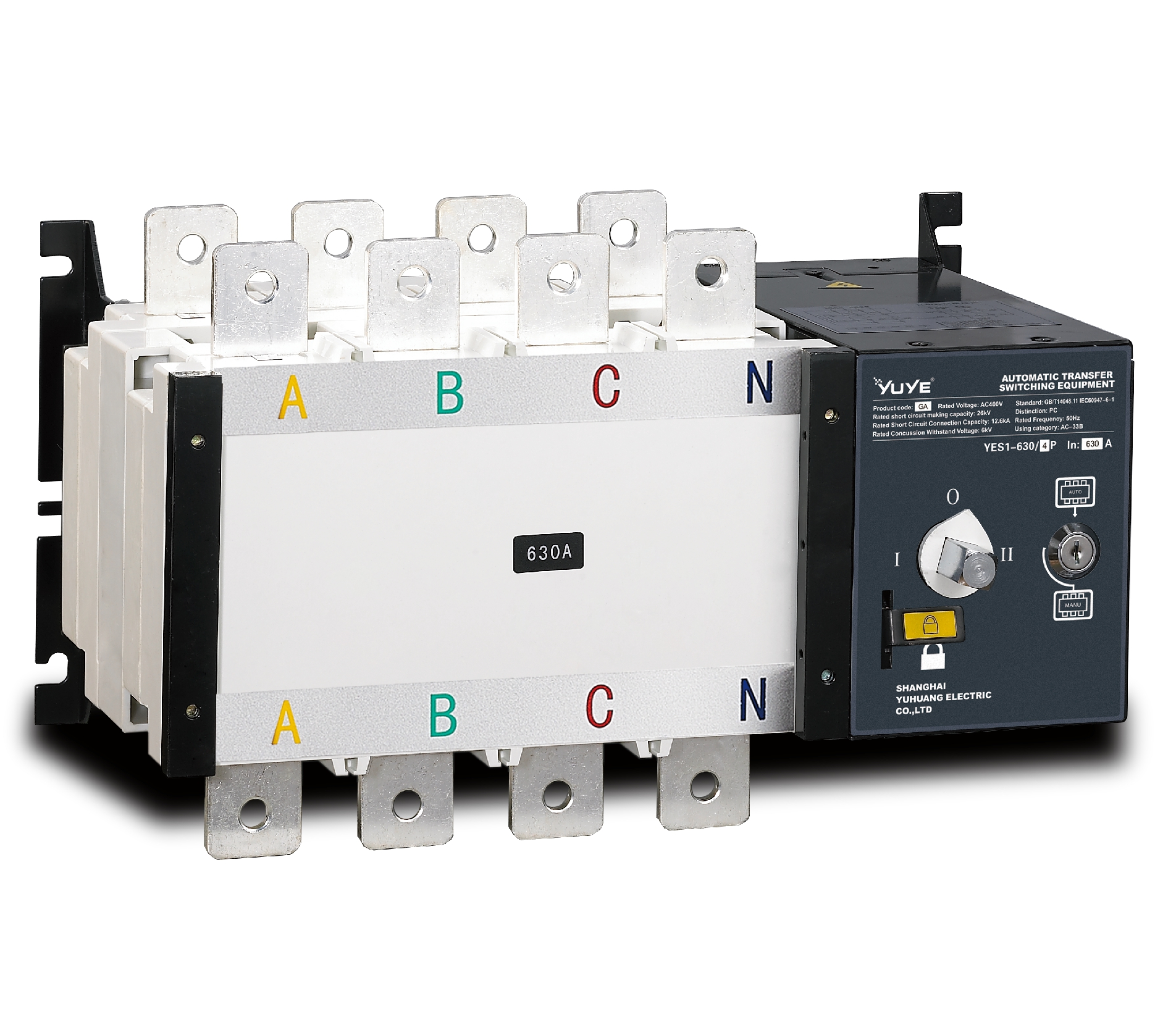 PC Automatic transfer switch YES1-630G
PC Automatic transfer switch YES1-630G PC Automatic transfer switch YES1-1600G
PC Automatic transfer switch YES1-1600G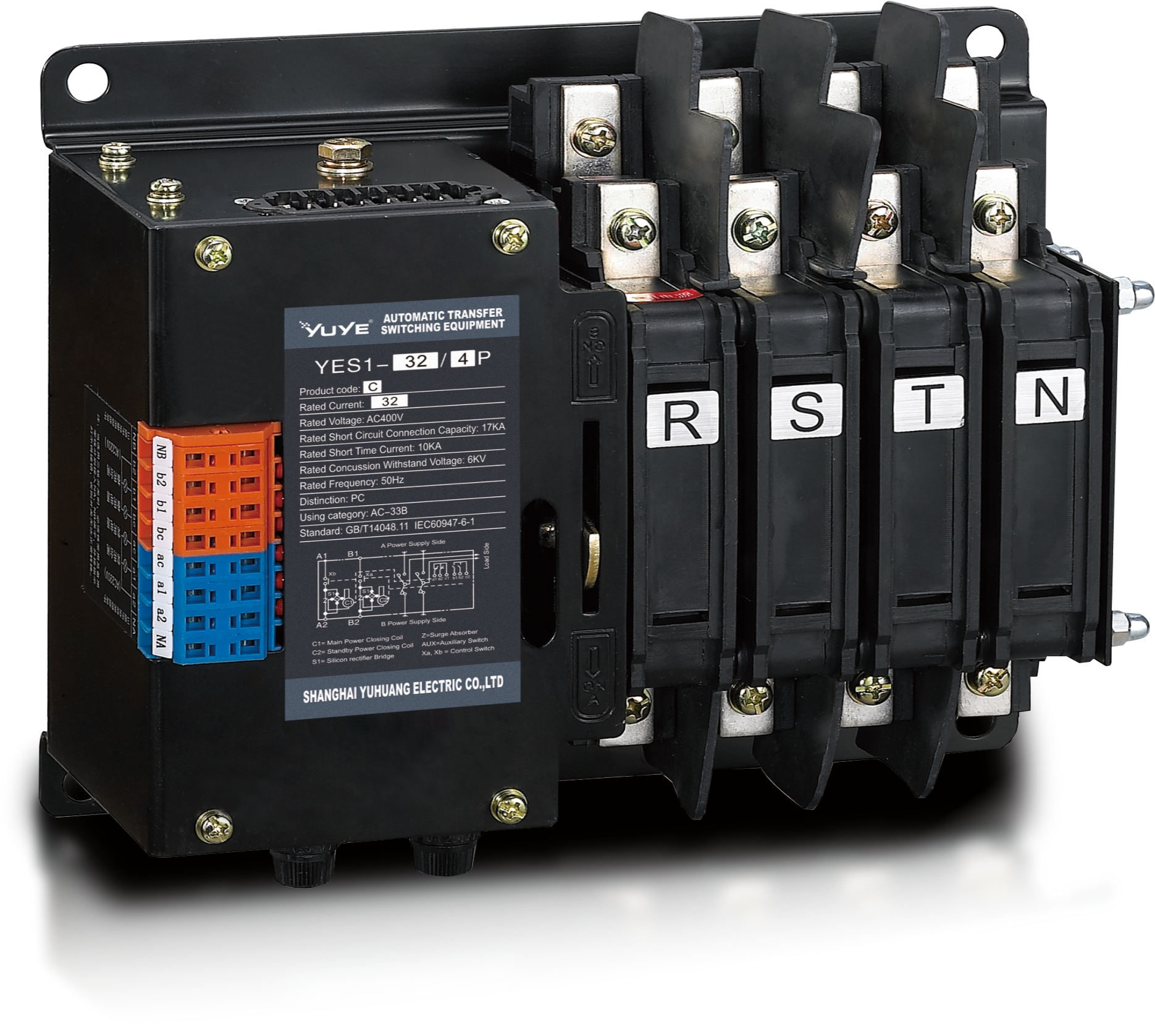 PC Automatic transfer switch YES1-32C
PC Automatic transfer switch YES1-32C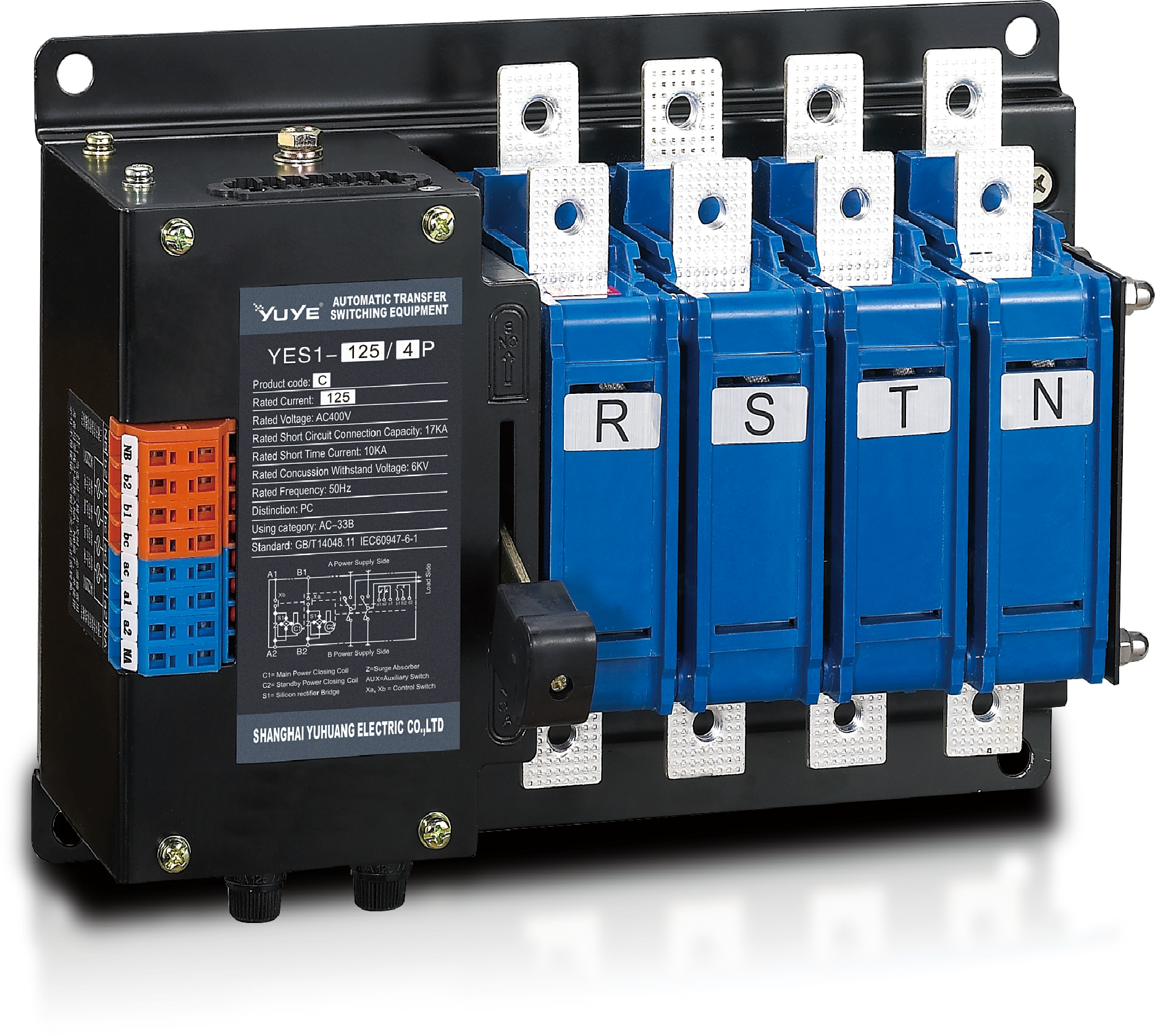 PC Automatic transfer switch YES1-125C
PC Automatic transfer switch YES1-125C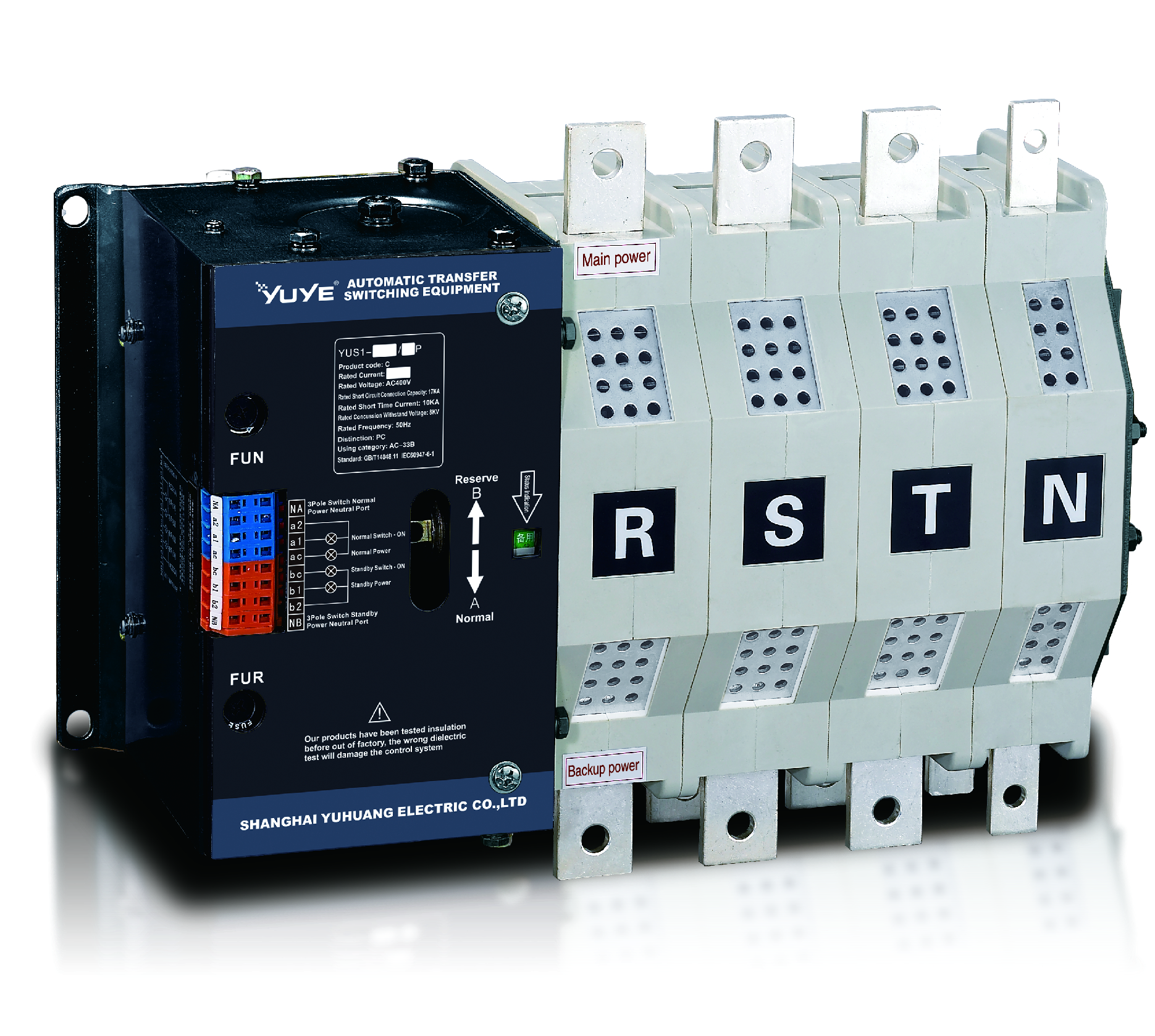 PC Automatic transfer switch YES1-400C
PC Automatic transfer switch YES1-400C PC Automatic transfer switch YES1-125-SA
PC Automatic transfer switch YES1-125-SA PC Automatic transfer switch YES1-1600M
PC Automatic transfer switch YES1-1600M PC Automatic transfer switch YES1-3200Q
PC Automatic transfer switch YES1-3200Q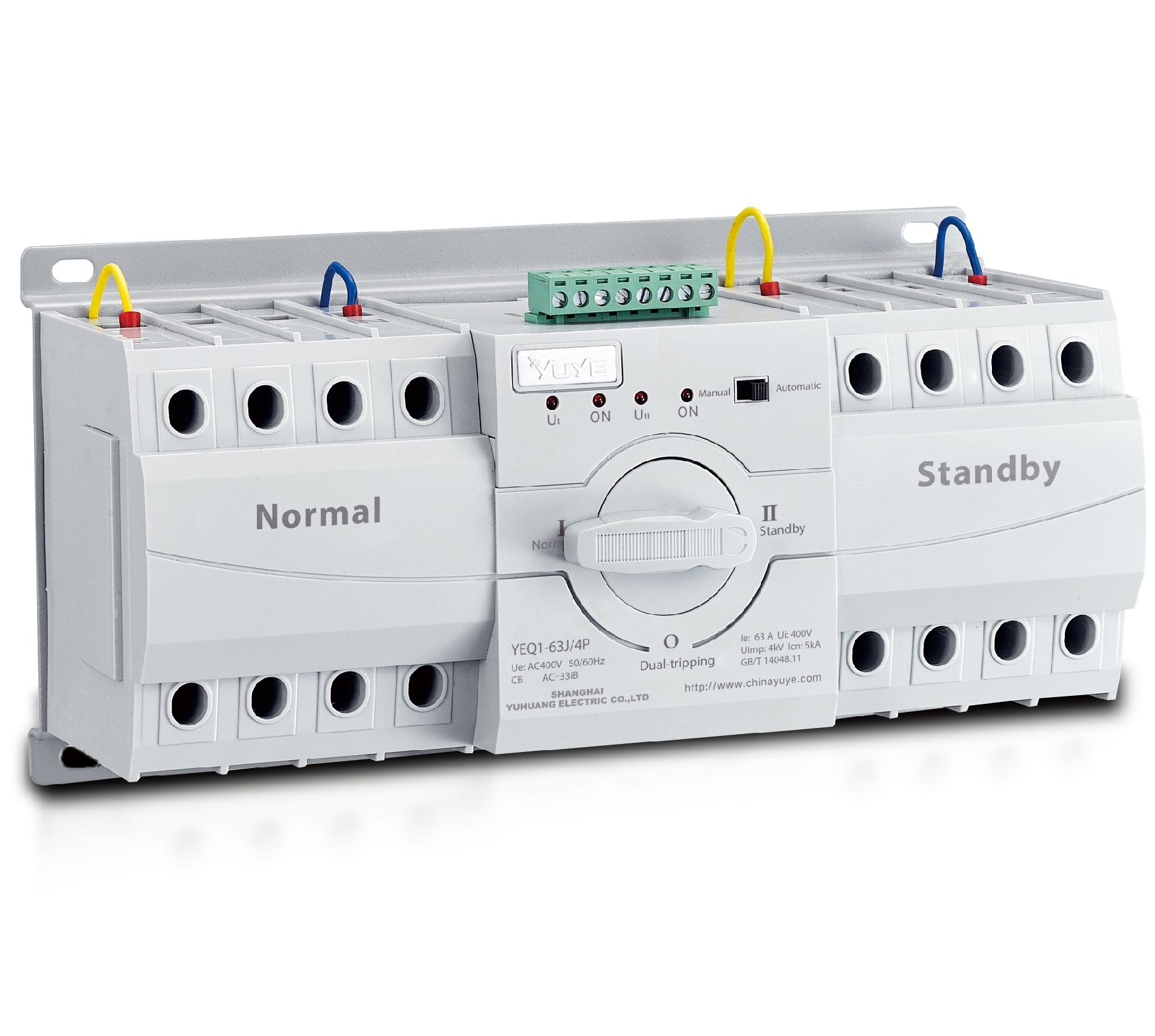 CB Automatic transfer switch YEQ1-63J
CB Automatic transfer switch YEQ1-63J CB Automatic transfer switch YEQ3-63W1
CB Automatic transfer switch YEQ3-63W1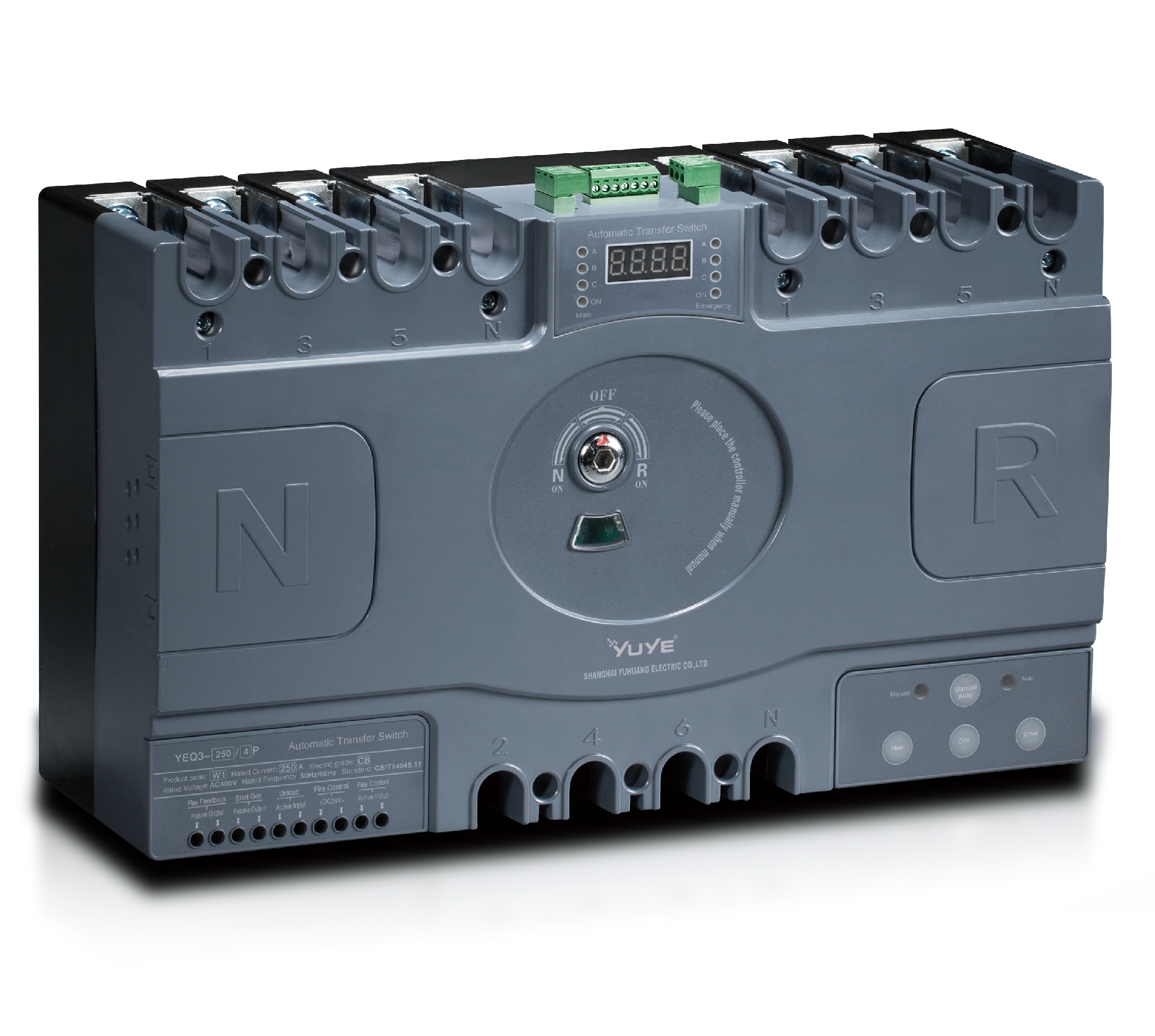 CB Automatic transfer switch YEQ3-125
CB Automatic transfer switch YEQ3-125
- Air Circuit Breaker
- Load Isolation Switch
- ATS Cablnet
- Moulded Case Circuit Breaker
 Molded case circuit breake YEM3-125/3P
Molded case circuit breake YEM3-125/3P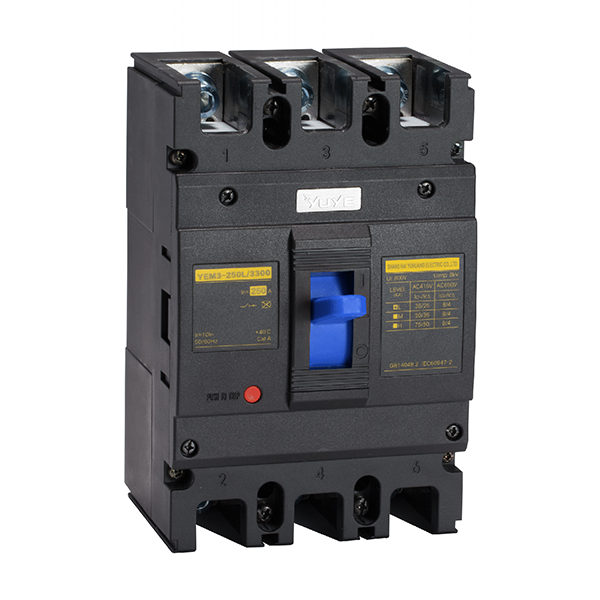 Molded case circuit breake YEM3-250/3P
Molded case circuit breake YEM3-250/3P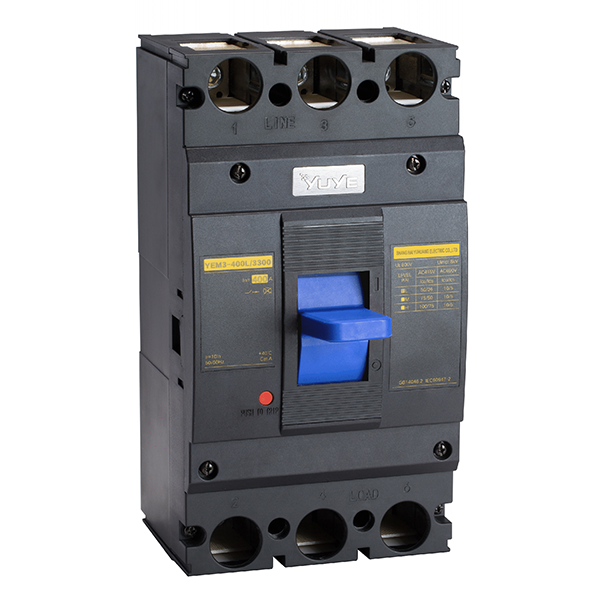 Molded case circuit breake YEM3-400/3P
Molded case circuit breake YEM3-400/3P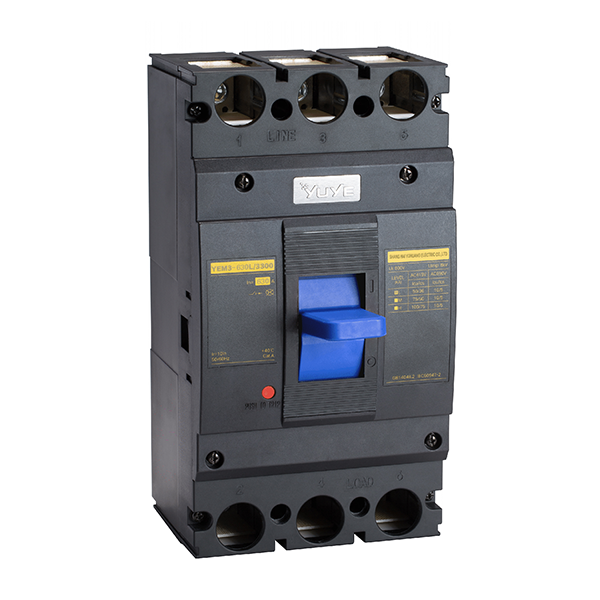 Molded case circuit breake YEM3-630/3P
Molded case circuit breake YEM3-630/3P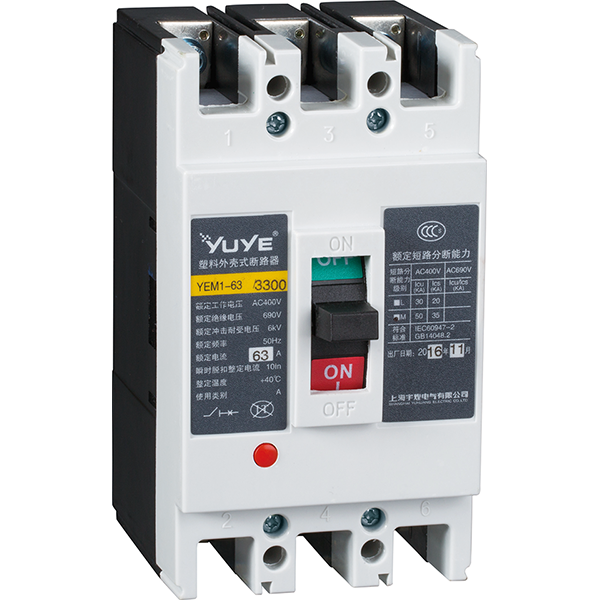 Molded case circuit breaker YEM1-63/3P
Molded case circuit breaker YEM1-63/3P Molded case circuit breaker YEM1-63/4P
Molded case circuit breaker YEM1-63/4P Molded case circuit breaker YEM1-100/3P
Molded case circuit breaker YEM1-100/3P Molded case circuit breaker YEM1-100/4P
Molded case circuit breaker YEM1-100/4P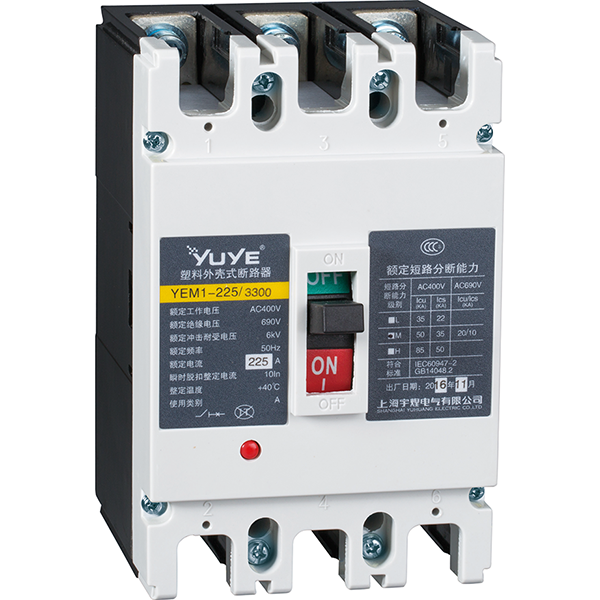 Molded case circuit breaker YEM1-225/3P
Molded case circuit breaker YEM1-225/3P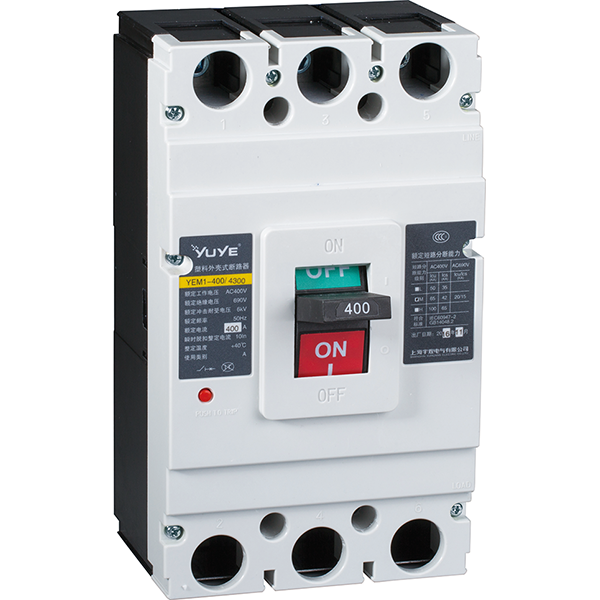 Molded case circuit breaker YEM1-400/3P
Molded case circuit breaker YEM1-400/3P Molded case circuit breaker YEM1-400/4P
Molded case circuit breaker YEM1-400/4P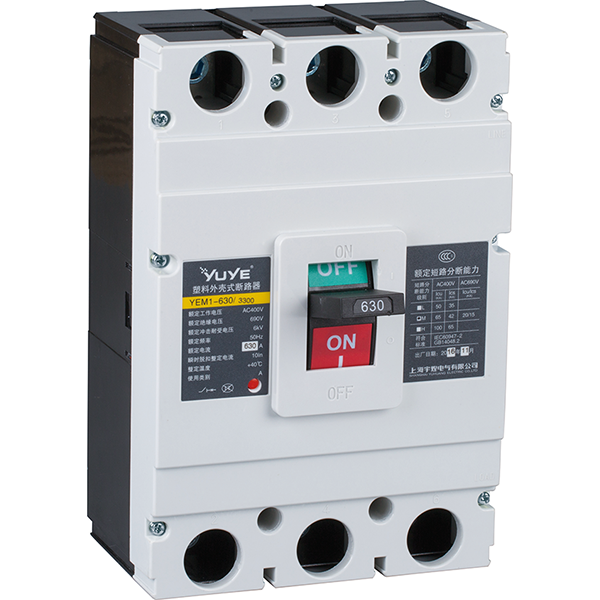 Molded case circuit breaker YEM1-630/3P
Molded case circuit breaker YEM1-630/3P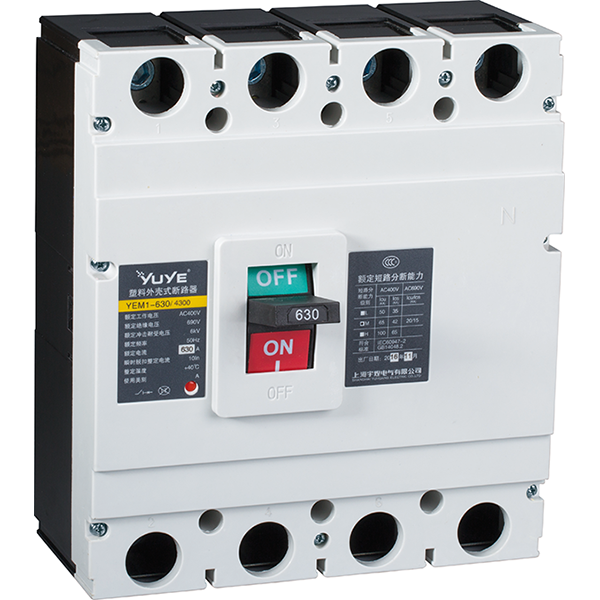 Molded case circuit breaker YEM1-630/4P
Molded case circuit breaker YEM1-630/4P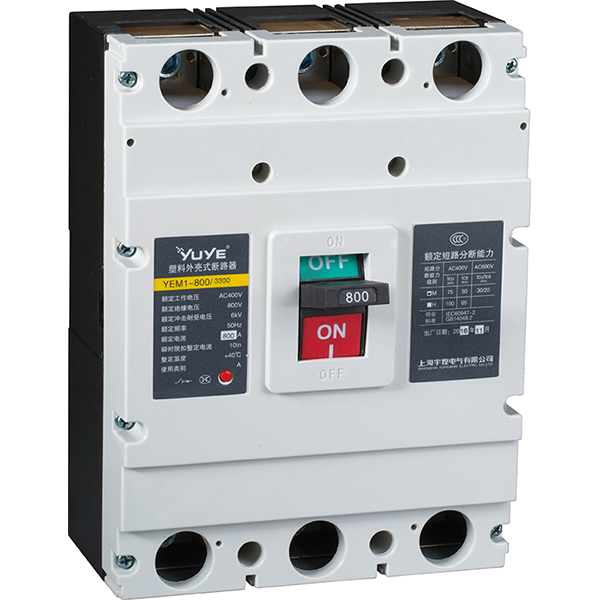 Molded case circuit breaker YEM1-800/3P
Molded case circuit breaker YEM1-800/3P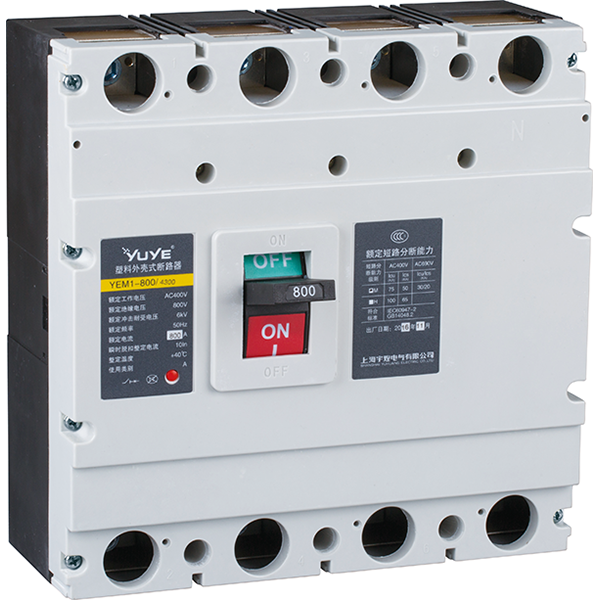 Molded case circuit breaker YEM1-800/4P
Molded case circuit breaker YEM1-800/4P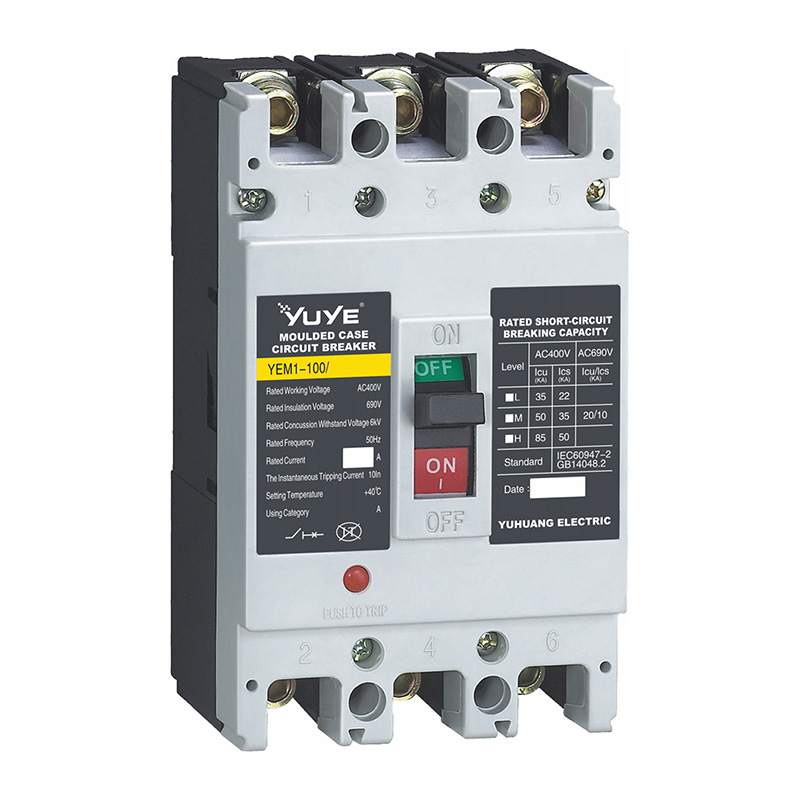 Mold case circuit breaker YEM1E-100
Mold case circuit breaker YEM1E-100 Molded case circuit breaker YEM1E-225
Molded case circuit breaker YEM1E-225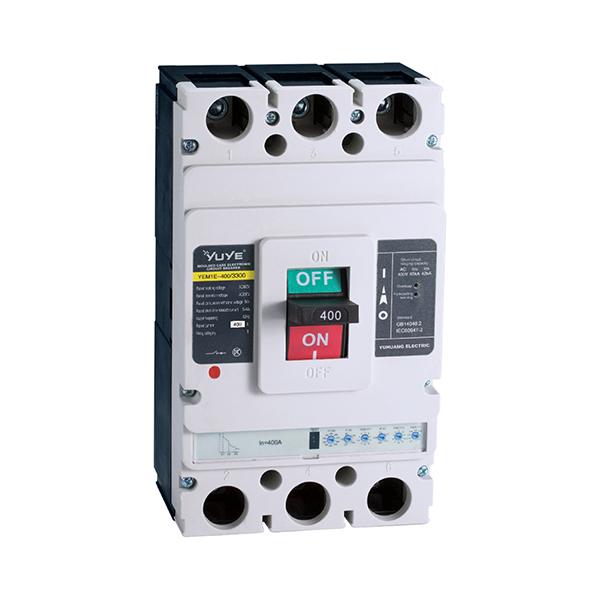 Molded case circuit breaker YEM1E-400
Molded case circuit breaker YEM1E-400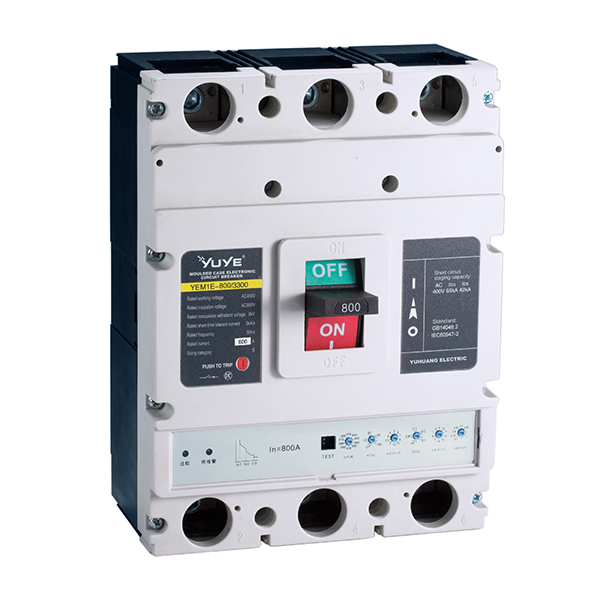 Molded case circuit breaker YEM1E-630
Molded case circuit breaker YEM1E-630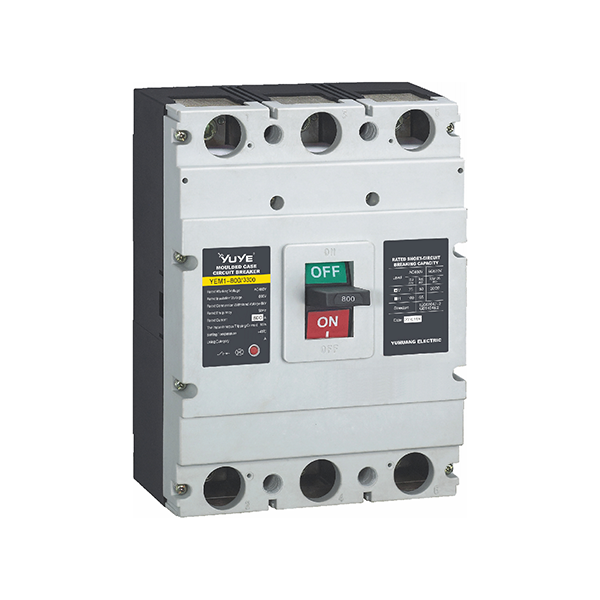 Mold case circuit breaker-YEM1E-800
Mold case circuit breaker-YEM1E-800 Molded case circuit breaker YEM1L-100
Molded case circuit breaker YEM1L-100 Molded case circuit breaker YEM1L-225
Molded case circuit breaker YEM1L-225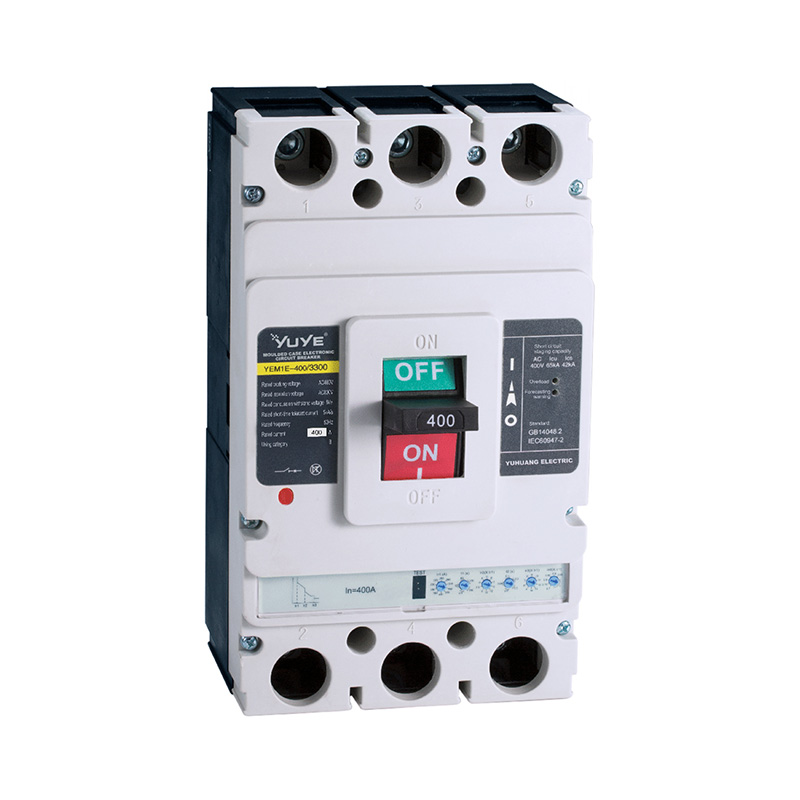 Mold case circuit breaker YEM1L-400
Mold case circuit breaker YEM1L-400 Molded case circuit breaker YEM1L-630
Molded case circuit breaker YEM1L-630
- Miniature Circuit Breaker
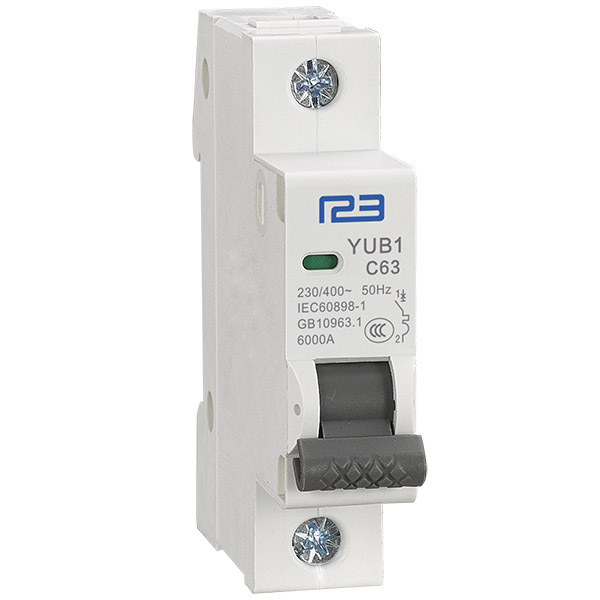 Miniature circuit breaker YUB1-63/1P
Miniature circuit breaker YUB1-63/1P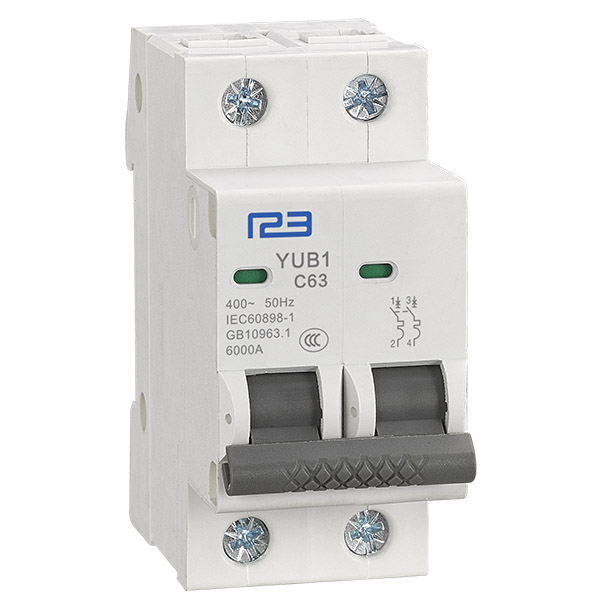 Miniature circuit breaker YUB1-63/2P
Miniature circuit breaker YUB1-63/2P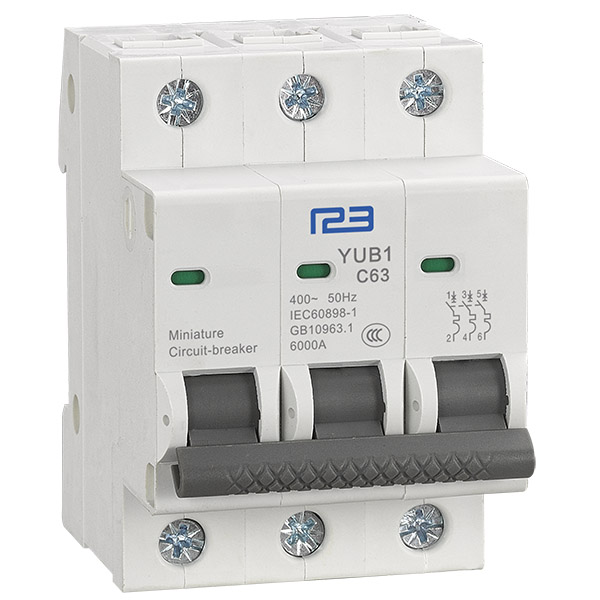 Miniature circuit breaker YUB1-63/3P
Miniature circuit breaker YUB1-63/3P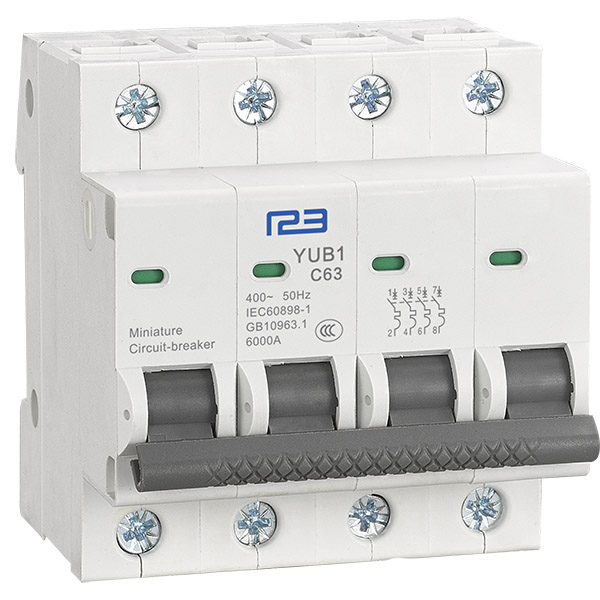 Miniature circuit breaker YUB1-63/4P
Miniature circuit breaker YUB1-63/4P Miniature circuit breaker YUB1LE-63/1P
Miniature circuit breaker YUB1LE-63/1P Miniature circuit breaker YUB1LE-63/2P
Miniature circuit breaker YUB1LE-63/2P Miniature circuit breaker YUB1LE-63/3P
Miniature circuit breaker YUB1LE-63/3P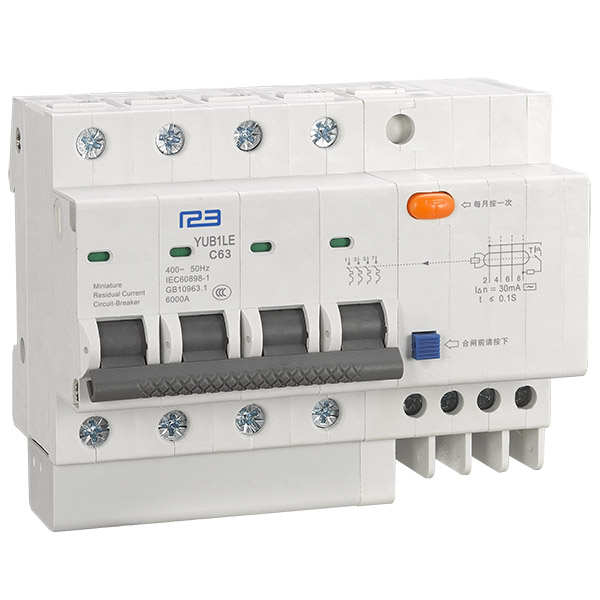 Miniature circuit breaker YUB1LE-63/4P
Miniature circuit breaker YUB1LE-63/4P
- Control and Protection Switch
- DC Switch
- ATS Controller
- Automatic Transfer Switch
- News
- Service
- Contact Us

 PC Automatic transfer switch YES1-32N
PC Automatic transfer switch YES1-32N PC Automatic transfer switch YES1-125N
PC Automatic transfer switch YES1-125N PC Automatic transfer switch YES1-400N
PC Automatic transfer switch YES1-400N PC Automatic transfer switch YES1-32NA
PC Automatic transfer switch YES1-32NA PC Automatic transfer switch YES1-125NA
PC Automatic transfer switch YES1-125NA PC Automatic transfer switch YES1-400NA
PC Automatic transfer switch YES1-400NA PC Automatic transfer switch YES1-100G
PC Automatic transfer switch YES1-100G PC Automatic transfer switch YES1-250G
PC Automatic transfer switch YES1-250G PC Automatic transfer switch YES1-630G
PC Automatic transfer switch YES1-630G PC Automatic transfer switch YES1-1600G
PC Automatic transfer switch YES1-1600G PC Automatic transfer switch YES1-32C
PC Automatic transfer switch YES1-32C PC Automatic transfer switch YES1-125C
PC Automatic transfer switch YES1-125C PC Automatic transfer switch YES1-400C
PC Automatic transfer switch YES1-400C PC Automatic transfer switch YES1-125-SA
PC Automatic transfer switch YES1-125-SA PC Automatic transfer switch YES1-1600M
PC Automatic transfer switch YES1-1600M PC Automatic transfer switch YES1-3200Q
PC Automatic transfer switch YES1-3200Q CB Automatic transfer switch YEQ1-63J
CB Automatic transfer switch YEQ1-63J CB Automatic transfer switch YEQ3-63W1
CB Automatic transfer switch YEQ3-63W1 CB Automatic transfer switch YEQ3-125
CB Automatic transfer switch YEQ3-125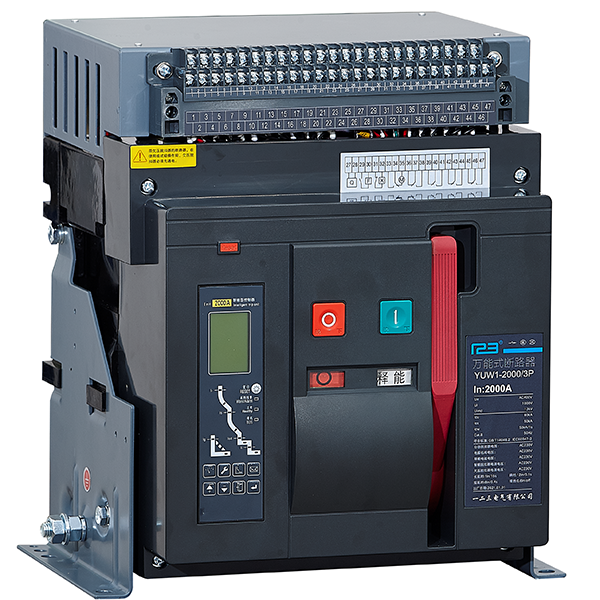 Air Circuit Breaker YUW1-2000/3P Fixed
Air Circuit Breaker YUW1-2000/3P Fixed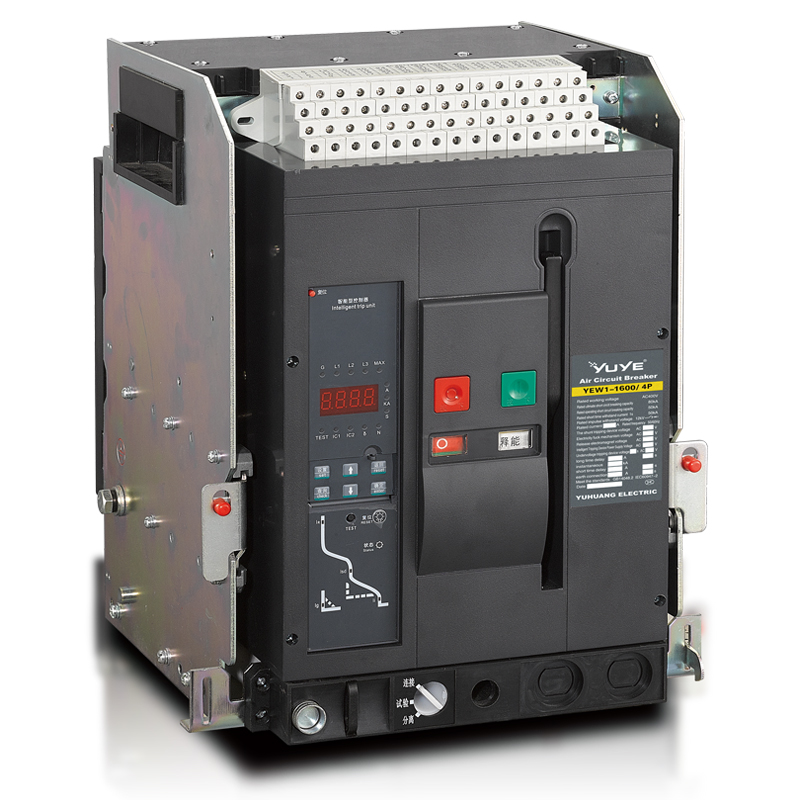 Air Circuit Breaker YUW1-2000/3P Drawer
Air Circuit Breaker YUW1-2000/3P Drawer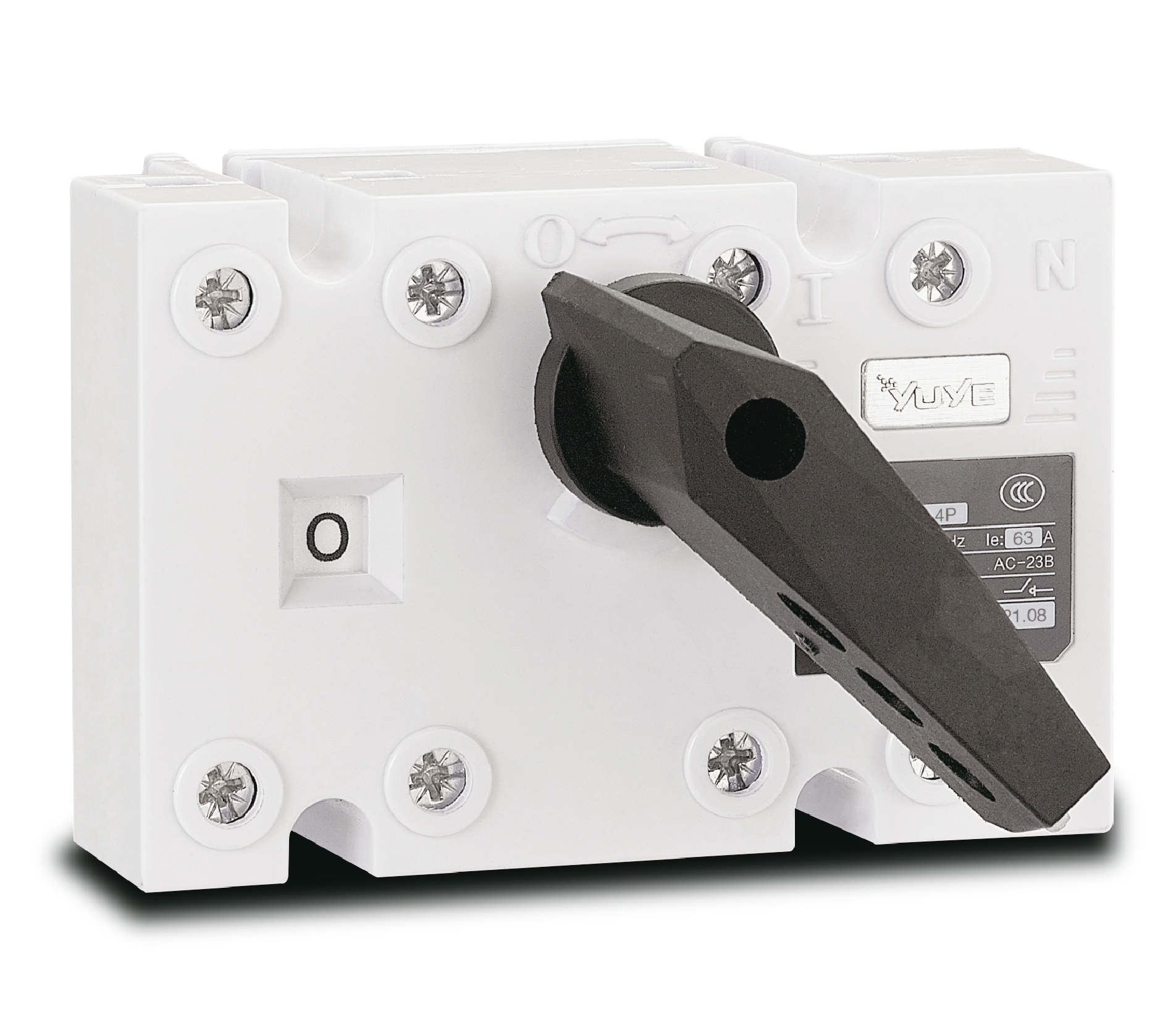 Load isolation switch YGL-63
Load isolation switch YGL-63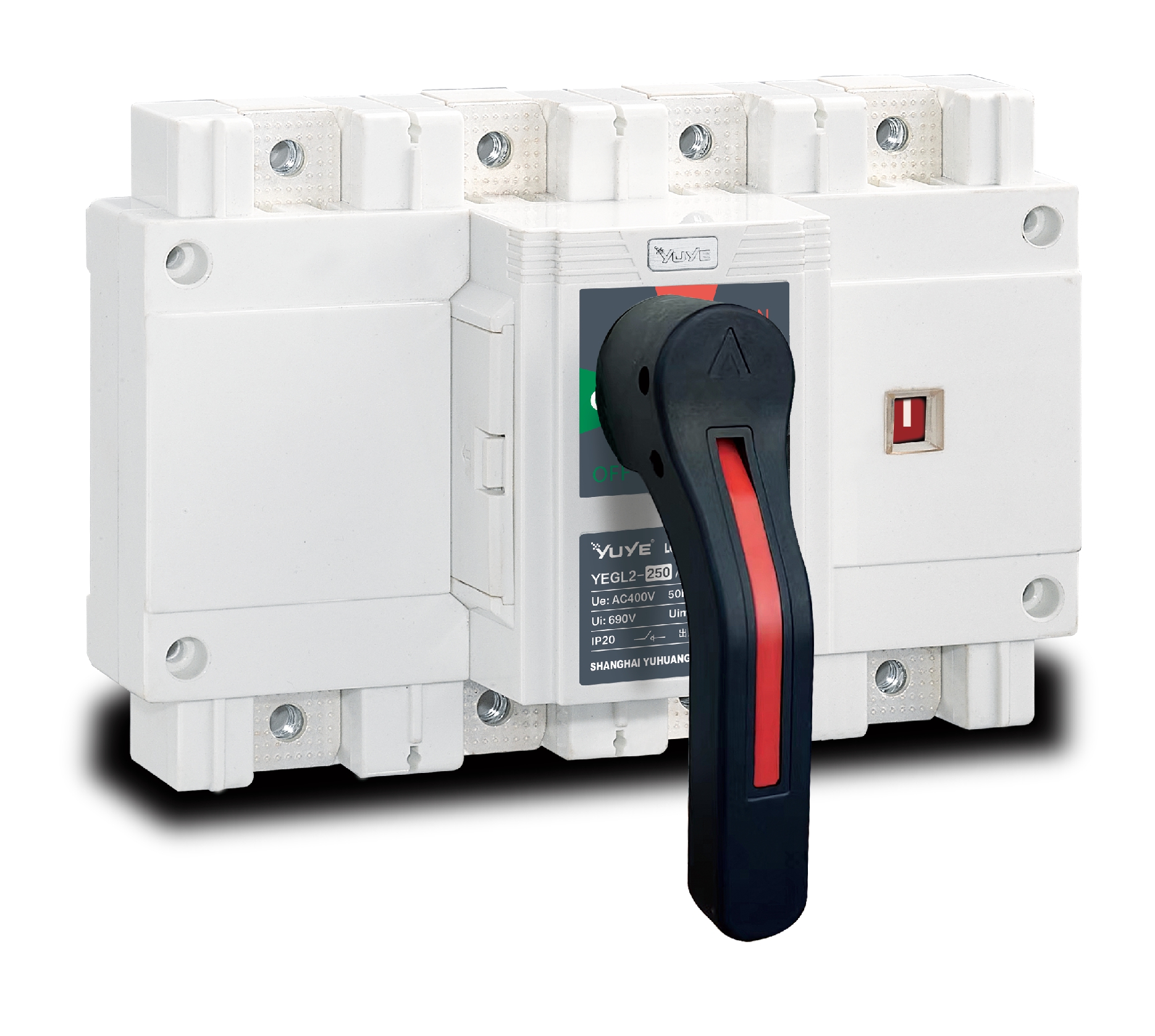 Load isolation switch YGL-250
Load isolation switch YGL-250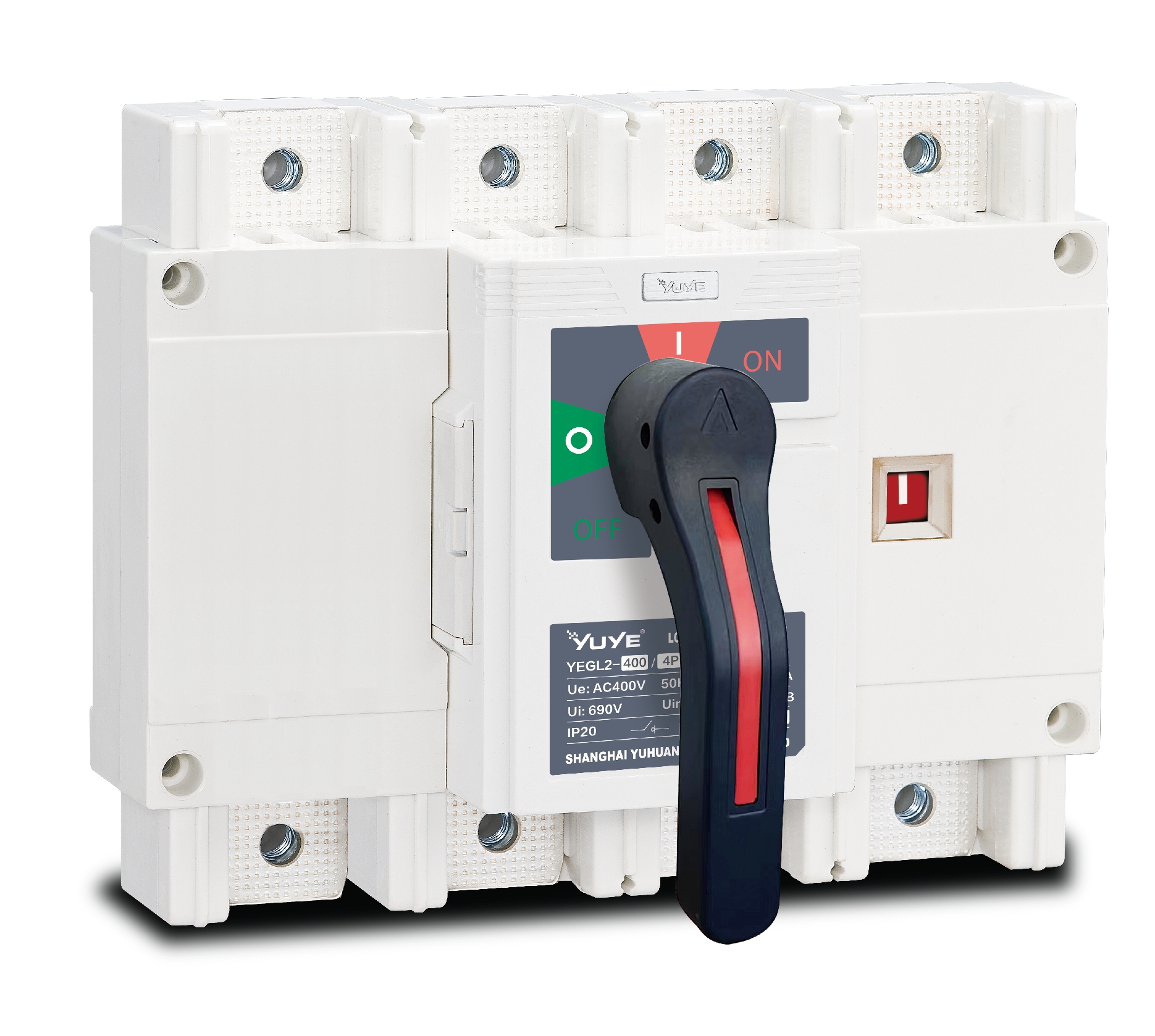 Load isolation switch YGL-400(630)
Load isolation switch YGL-400(630)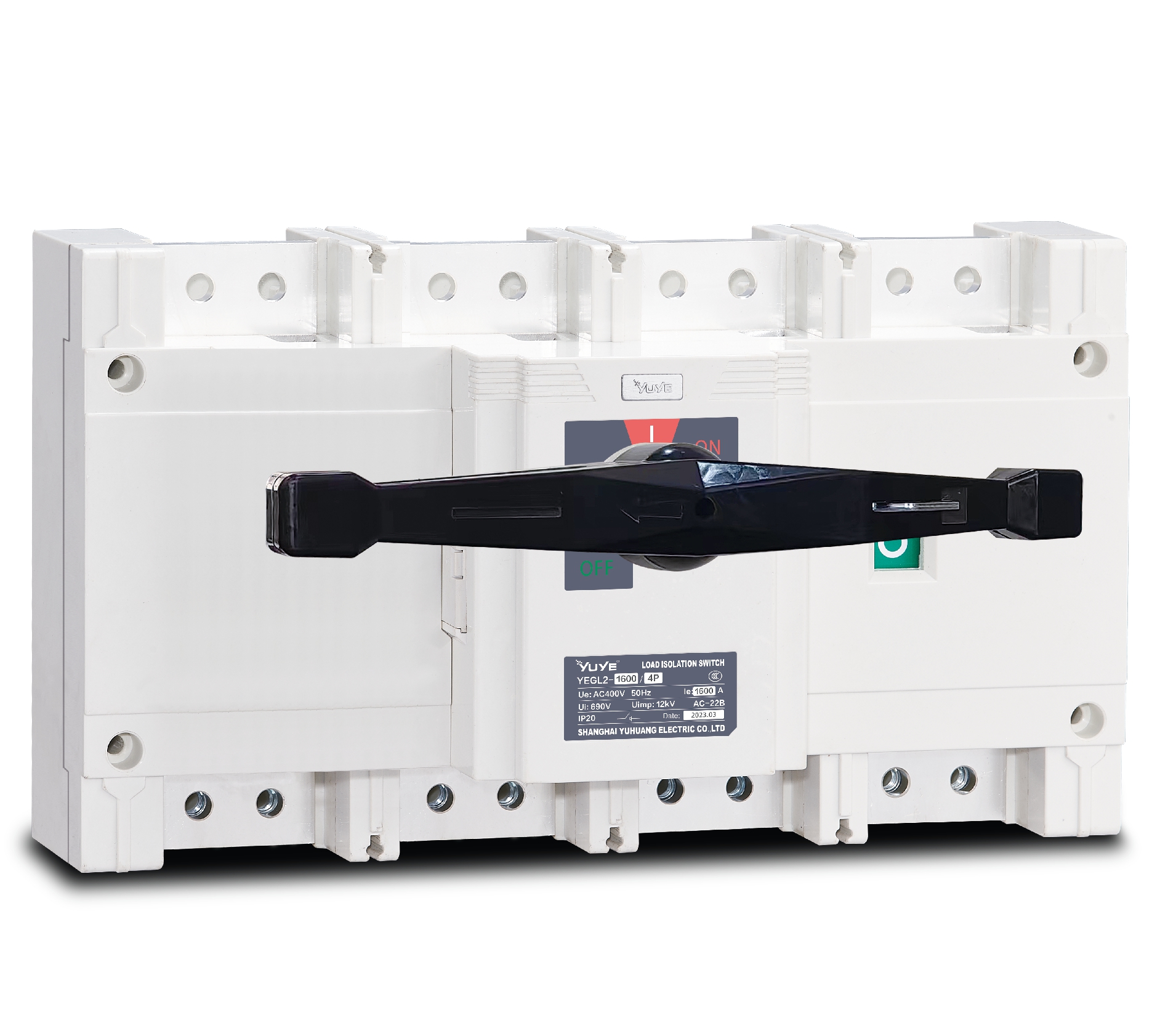 Load isolation switch YGL-1600
Load isolation switch YGL-1600 Load isolation switch YGLZ-160
Load isolation switch YGLZ-160 ATS switch Cabinet floor-to-ceiling
ATS switch Cabinet floor-to-ceiling ATS switch cabinet
ATS switch cabinet JXF-225A power Cbinet
JXF-225A power Cbinet JXF-800A power Cbinet
JXF-800A power Cbinet Molded case circuit breake YEM3-125/3P
Molded case circuit breake YEM3-125/3P Molded case circuit breake YEM3-250/3P
Molded case circuit breake YEM3-250/3P Molded case circuit breake YEM3-400/3P
Molded case circuit breake YEM3-400/3P Molded case circuit breake YEM3-630/3P
Molded case circuit breake YEM3-630/3P Molded case circuit breaker YEM1-63/3P
Molded case circuit breaker YEM1-63/3P Molded case circuit breaker YEM1-63/4P
Molded case circuit breaker YEM1-63/4P Molded case circuit breaker YEM1-100/3P
Molded case circuit breaker YEM1-100/3P Molded case circuit breaker YEM1-100/4P
Molded case circuit breaker YEM1-100/4P Molded case circuit breaker YEM1-225/3P
Molded case circuit breaker YEM1-225/3P Molded case circuit breaker YEM1-400/3P
Molded case circuit breaker YEM1-400/3P Molded case circuit breaker YEM1-400/4P
Molded case circuit breaker YEM1-400/4P Molded case circuit breaker YEM1-630/3P
Molded case circuit breaker YEM1-630/3P Molded case circuit breaker YEM1-630/4P
Molded case circuit breaker YEM1-630/4P Molded case circuit breaker YEM1-800/3P
Molded case circuit breaker YEM1-800/3P Molded case circuit breaker YEM1-800/4P
Molded case circuit breaker YEM1-800/4P Mold case circuit breaker YEM1E-100
Mold case circuit breaker YEM1E-100 Molded case circuit breaker YEM1E-225
Molded case circuit breaker YEM1E-225 Molded case circuit breaker YEM1E-400
Molded case circuit breaker YEM1E-400 Molded case circuit breaker YEM1E-630
Molded case circuit breaker YEM1E-630 Mold case circuit breaker-YEM1E-800
Mold case circuit breaker-YEM1E-800 Molded case circuit breaker YEM1L-100
Molded case circuit breaker YEM1L-100 Molded case circuit breaker YEM1L-225
Molded case circuit breaker YEM1L-225 Mold case circuit breaker YEM1L-400
Mold case circuit breaker YEM1L-400 Molded case circuit breaker YEM1L-630
Molded case circuit breaker YEM1L-630 Miniature circuit breaker YUB1-63/1P
Miniature circuit breaker YUB1-63/1P Miniature circuit breaker YUB1-63/2P
Miniature circuit breaker YUB1-63/2P Miniature circuit breaker YUB1-63/3P
Miniature circuit breaker YUB1-63/3P Miniature circuit breaker YUB1-63/4P
Miniature circuit breaker YUB1-63/4P Miniature circuit breaker YUB1LE-63/1P
Miniature circuit breaker YUB1LE-63/1P Miniature circuit breaker YUB1LE-63/2P
Miniature circuit breaker YUB1LE-63/2P Miniature circuit breaker YUB1LE-63/3P
Miniature circuit breaker YUB1LE-63/3P Miniature circuit breaker YUB1LE-63/4P
Miniature circuit breaker YUB1LE-63/4P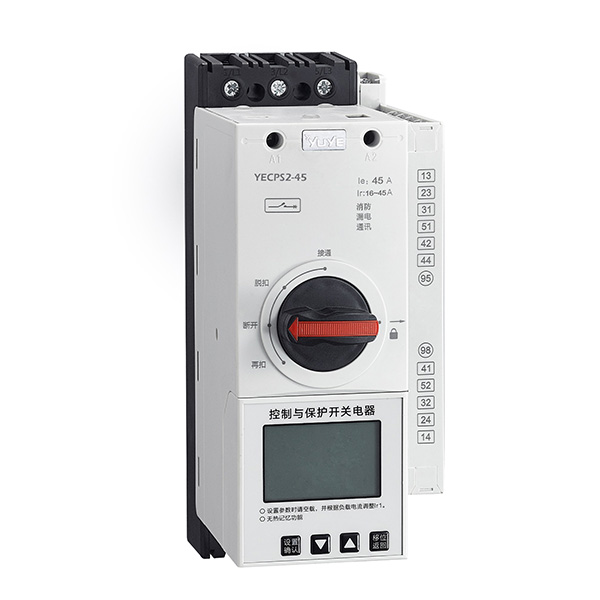 YECPS-45 LCD
YECPS-45 LCD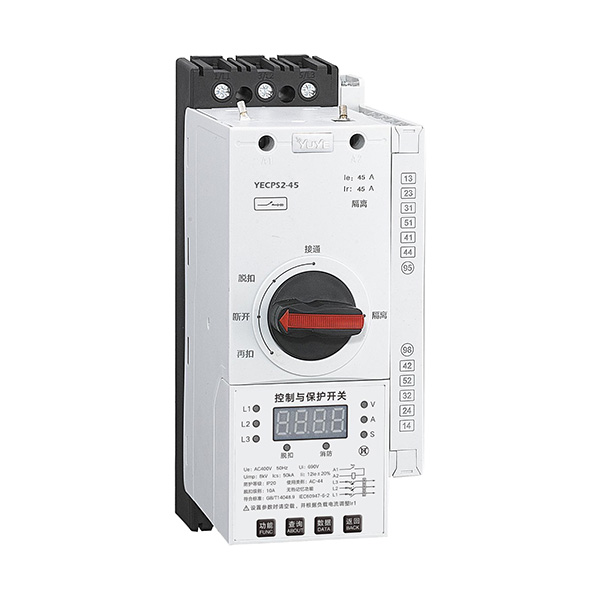 YECPS-45 Digital
YECPS-45 Digital DC Automatic transfer switch YES1-63NZ
DC Automatic transfer switch YES1-63NZ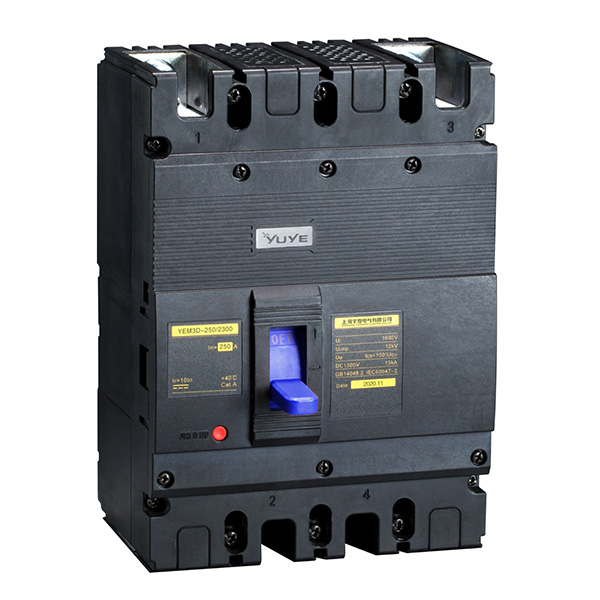 DC Plastic shell type circuit breaker YEM3D
DC Plastic shell type circuit breaker YEM3D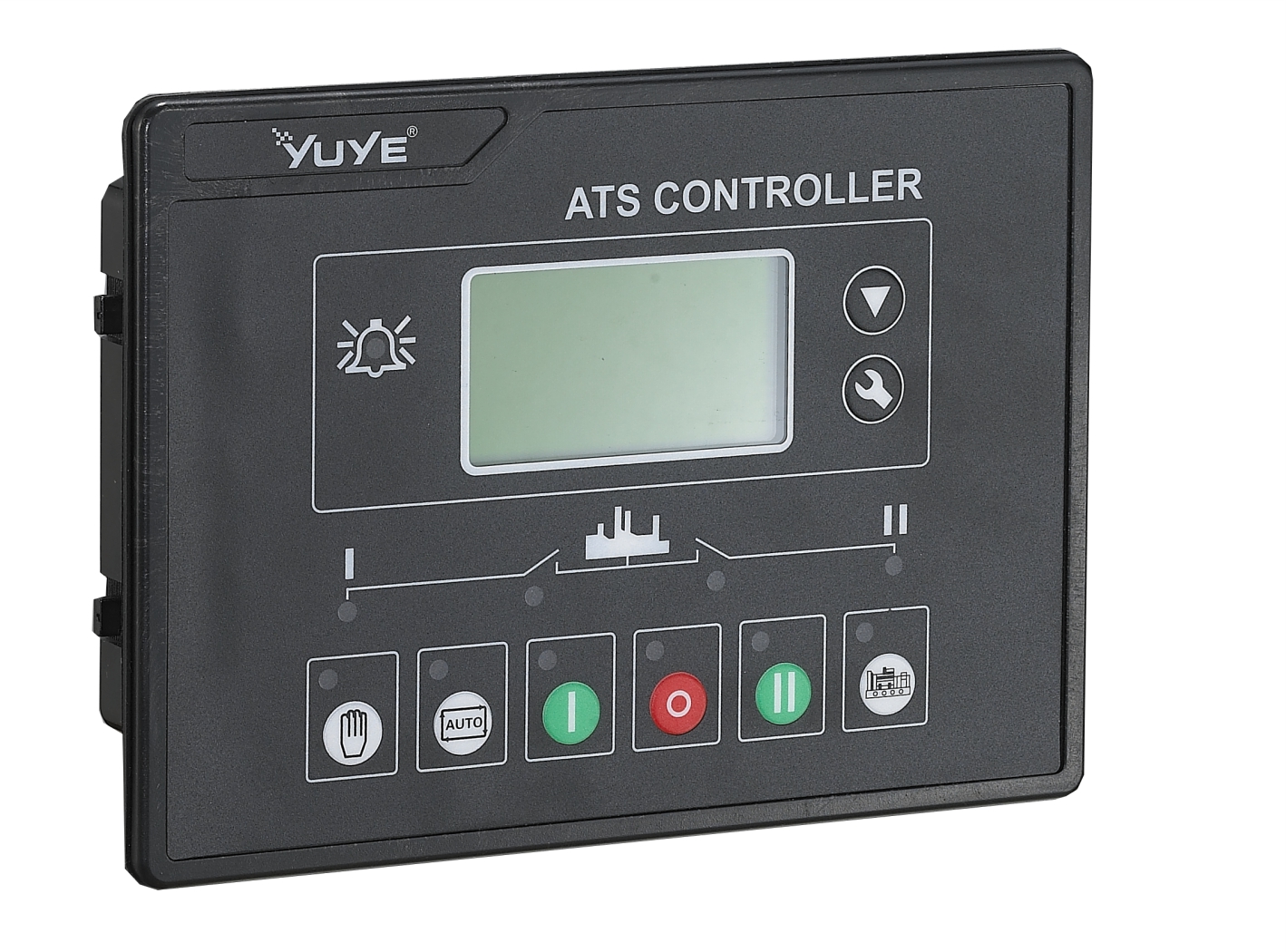 PC/CB Grade ATS Controller
PC/CB Grade ATS Controller




